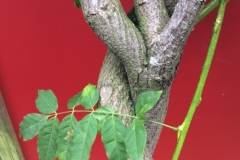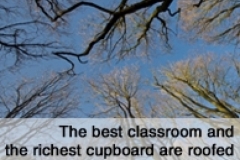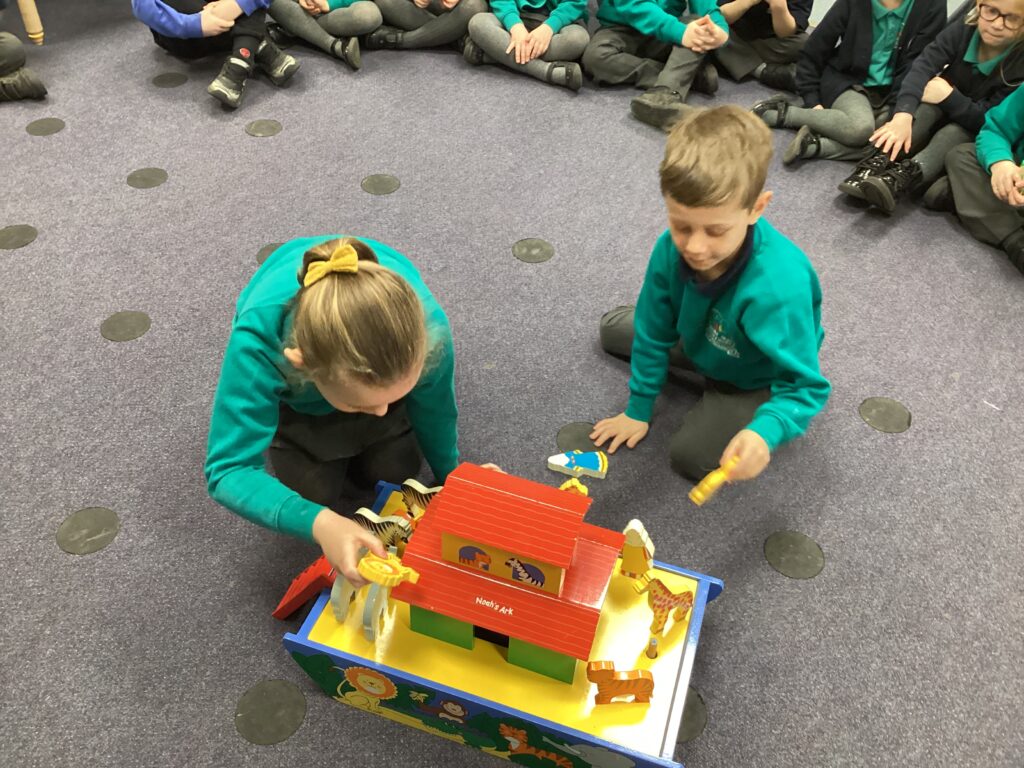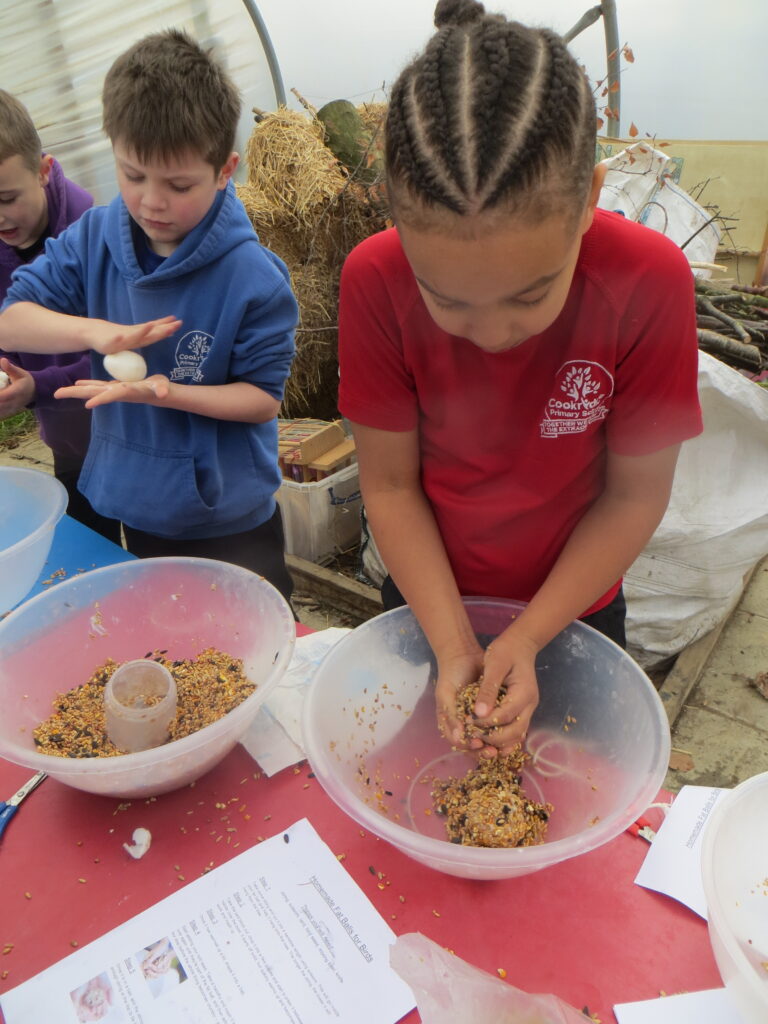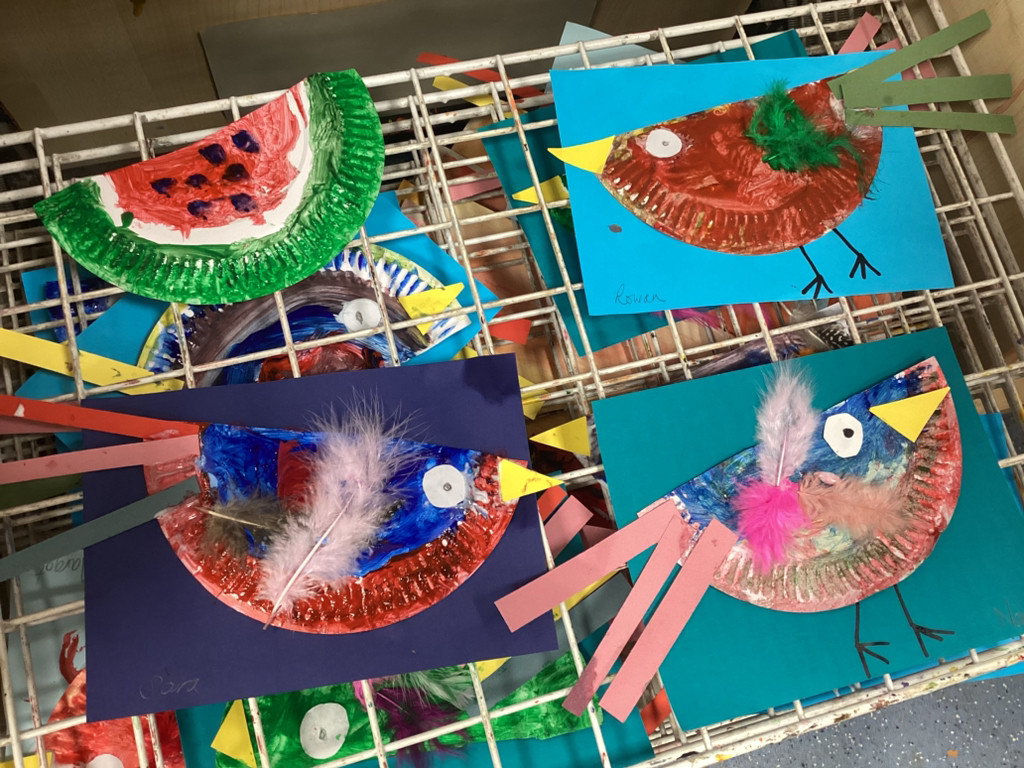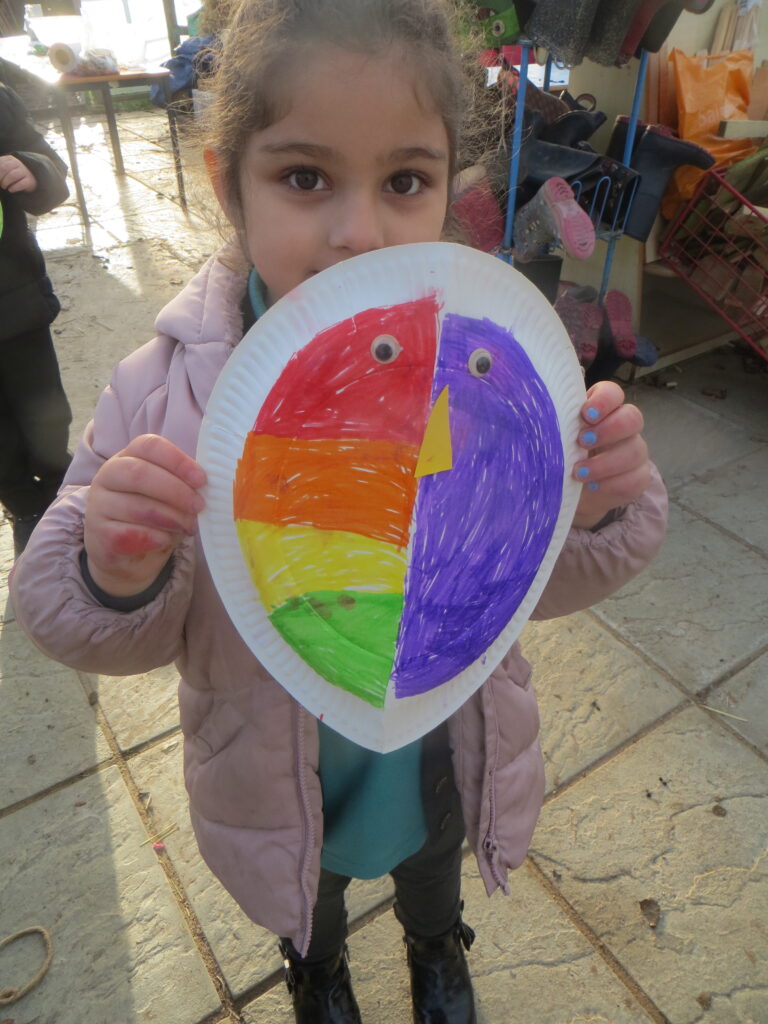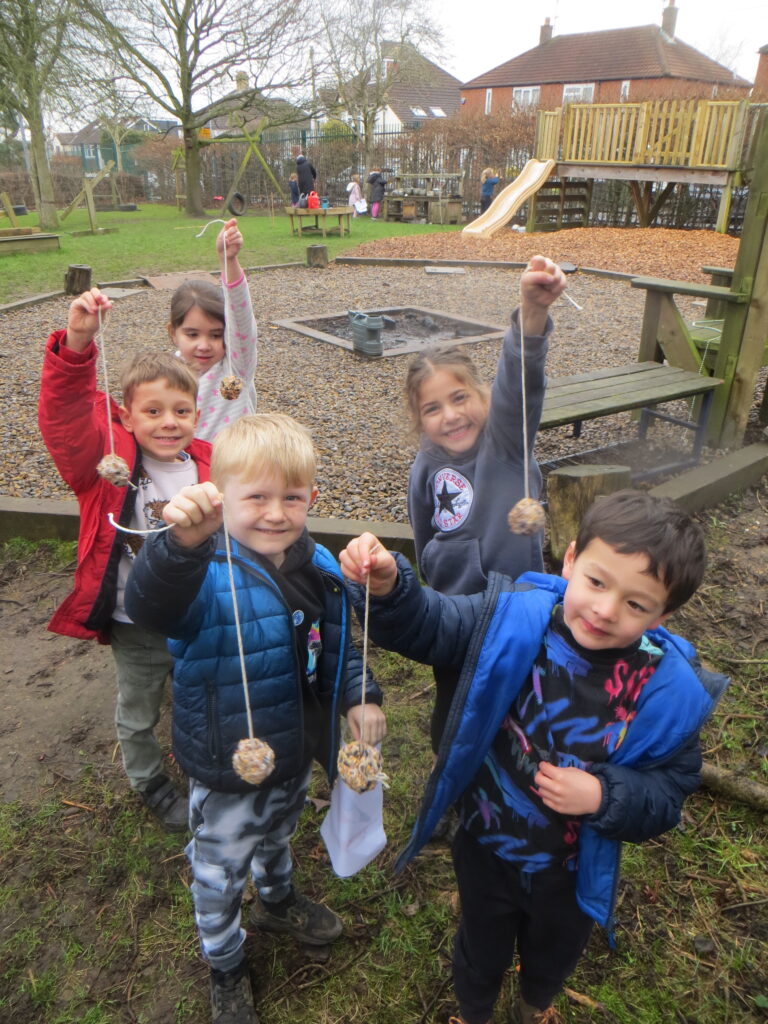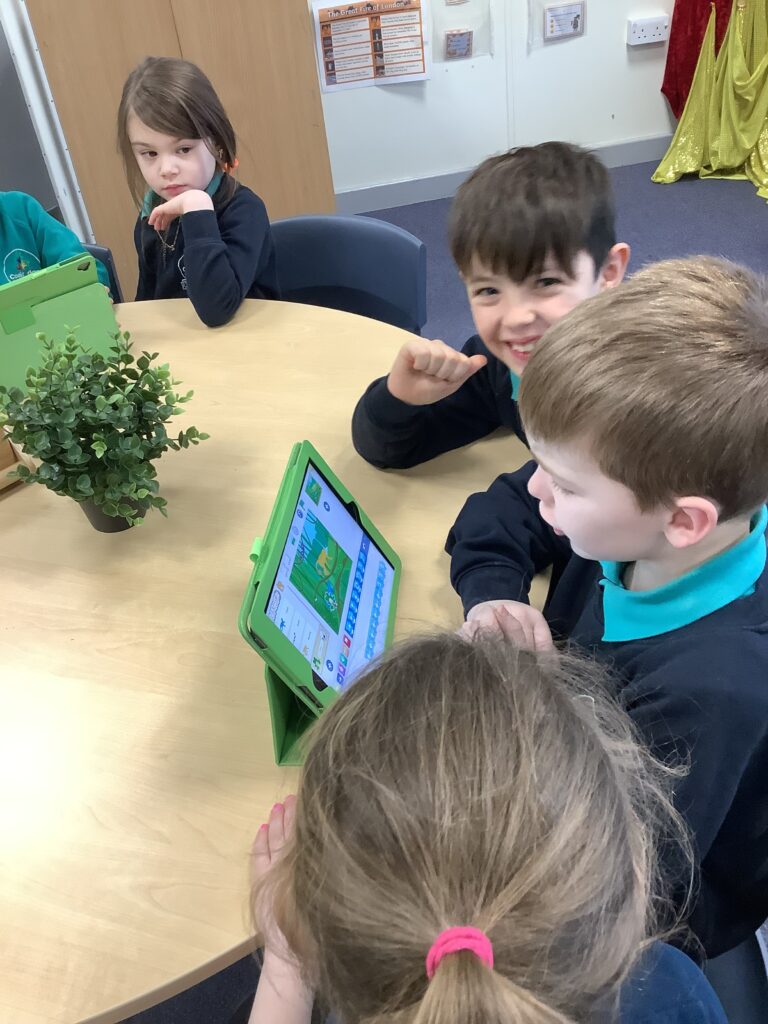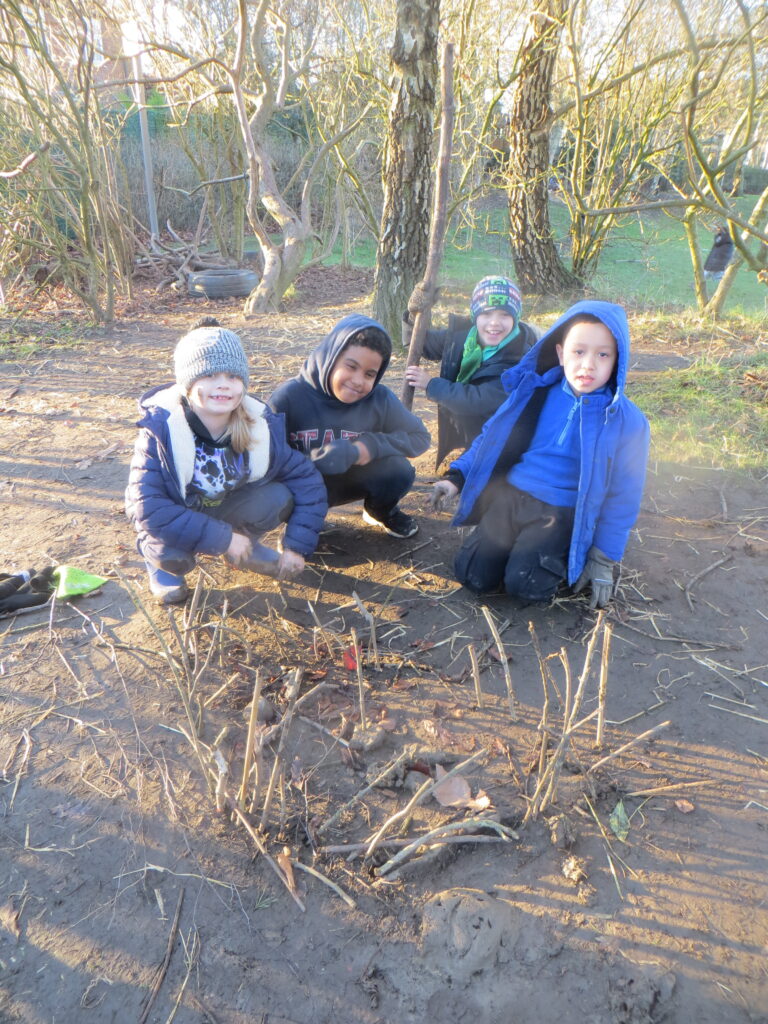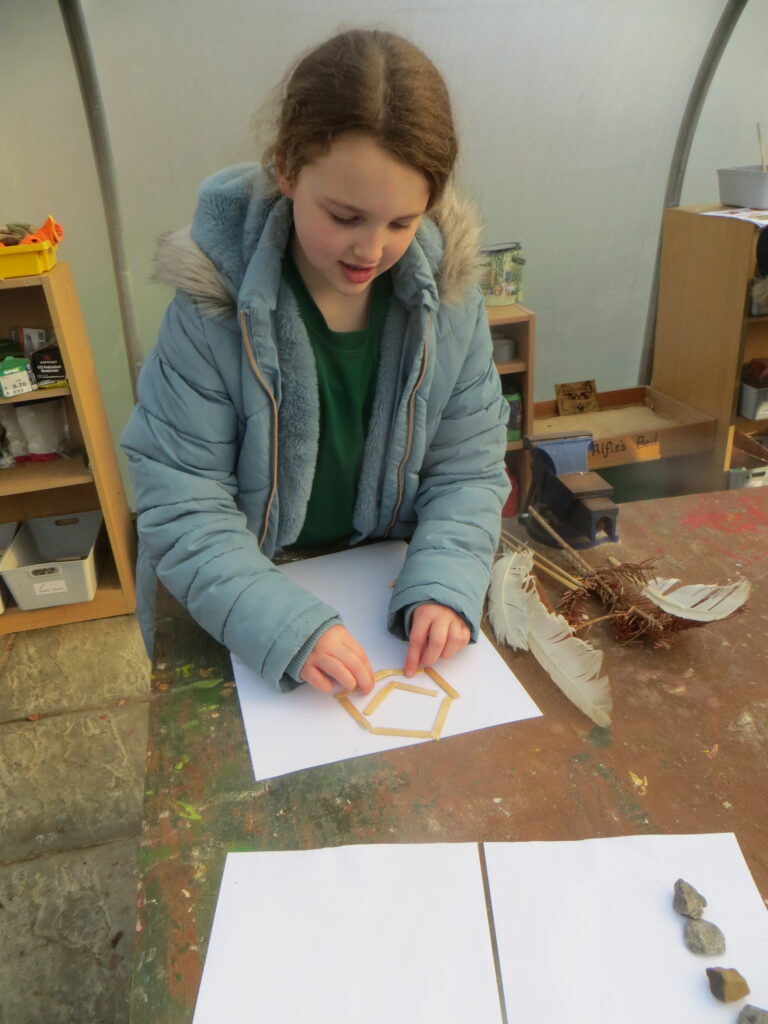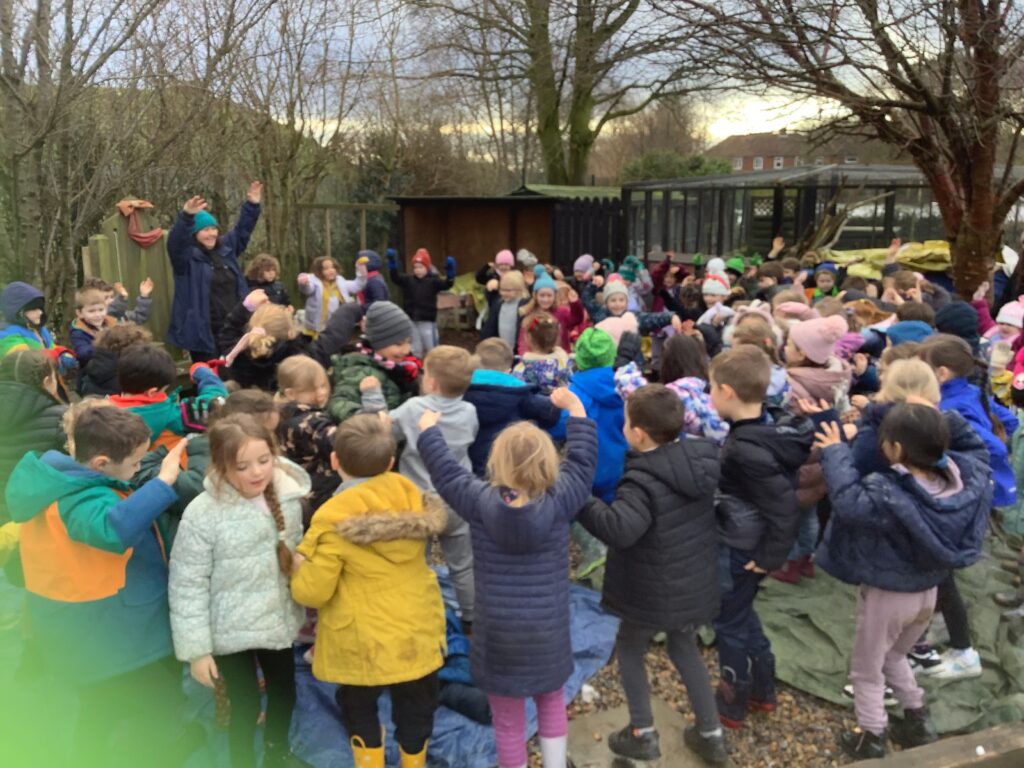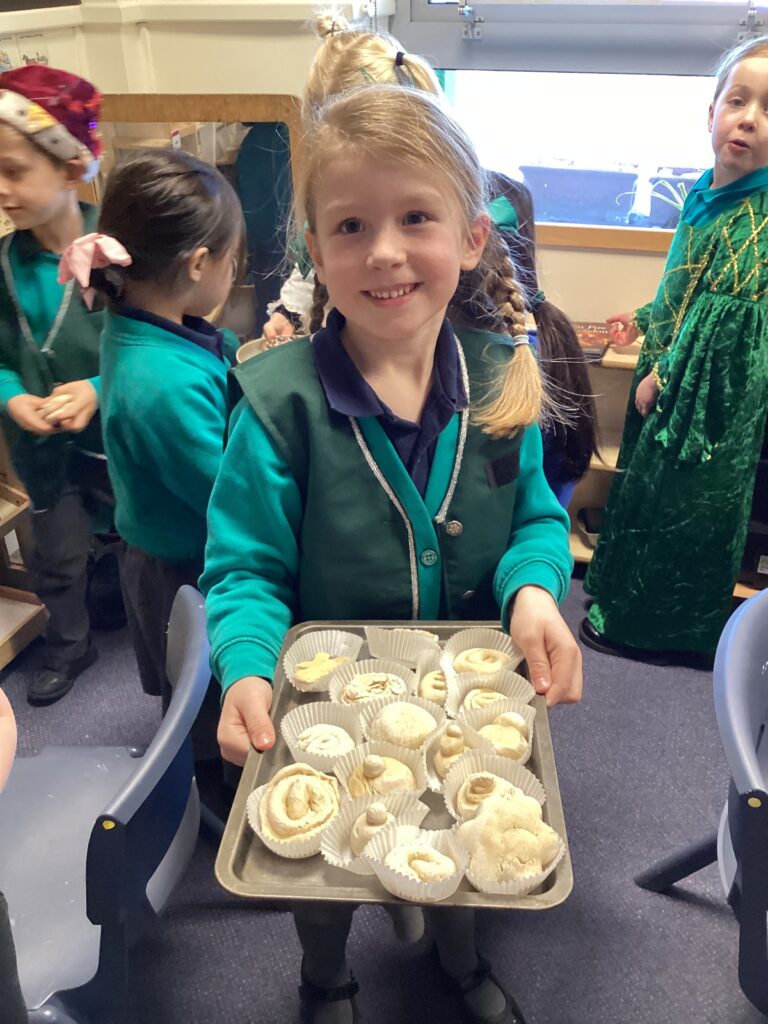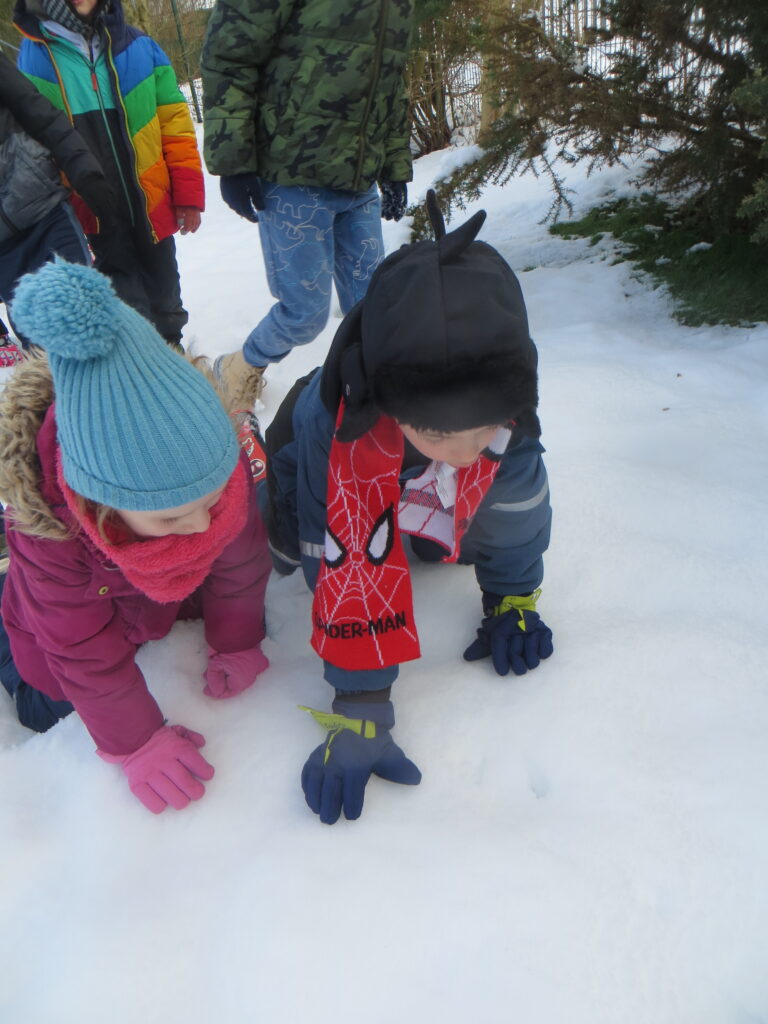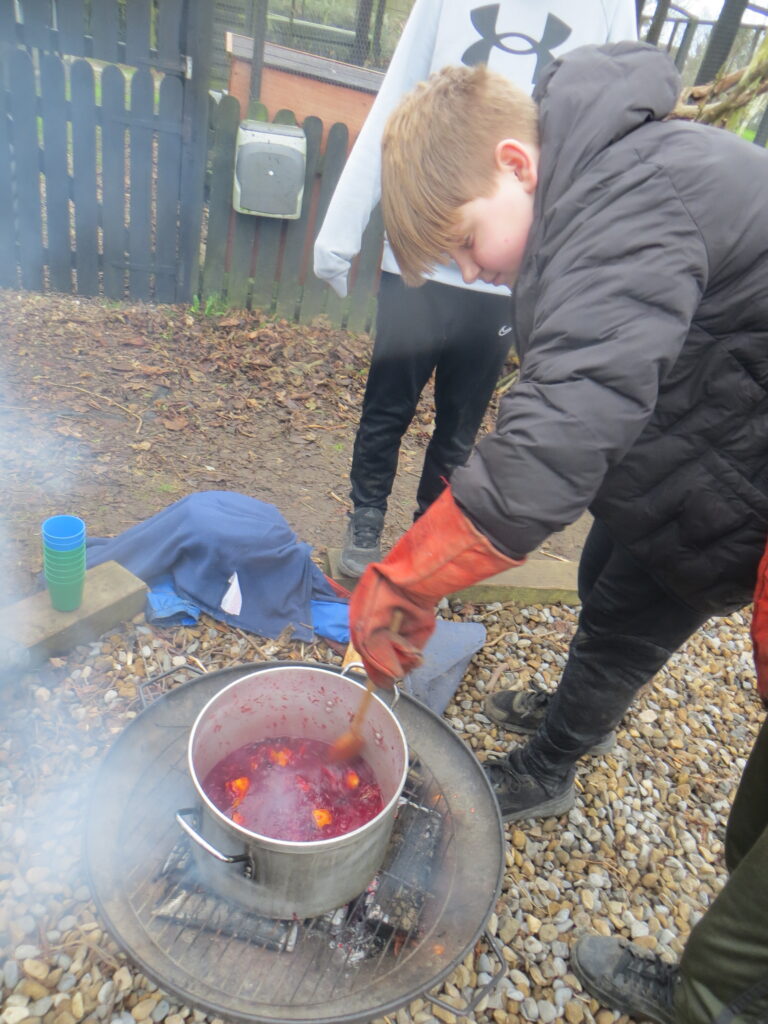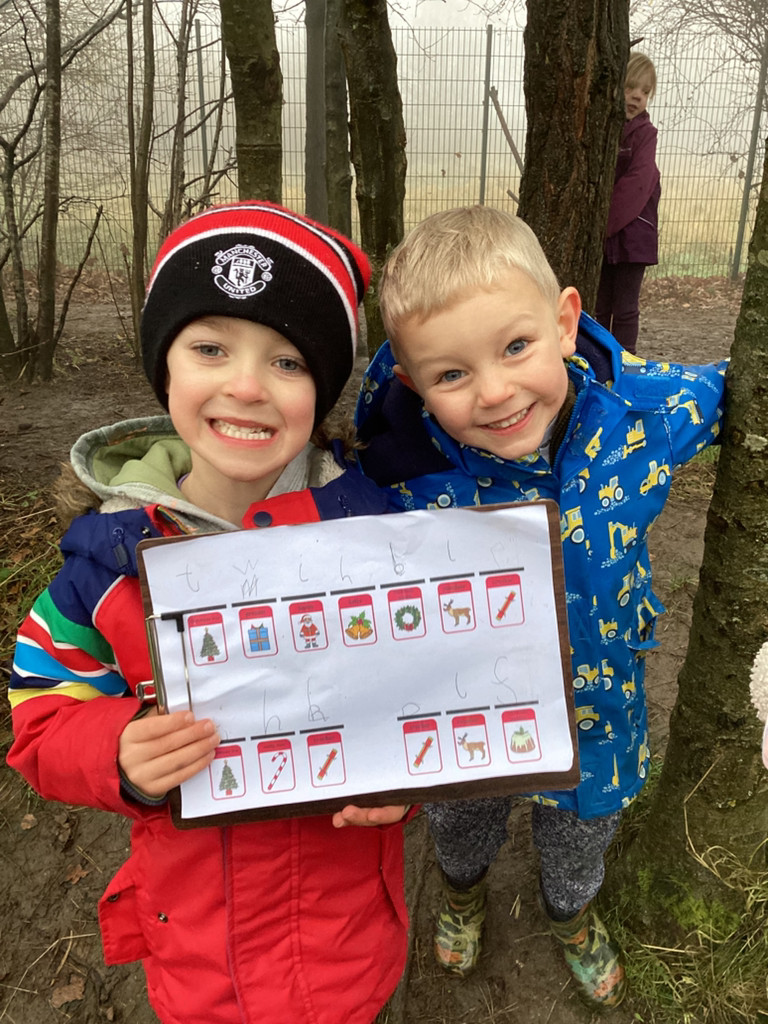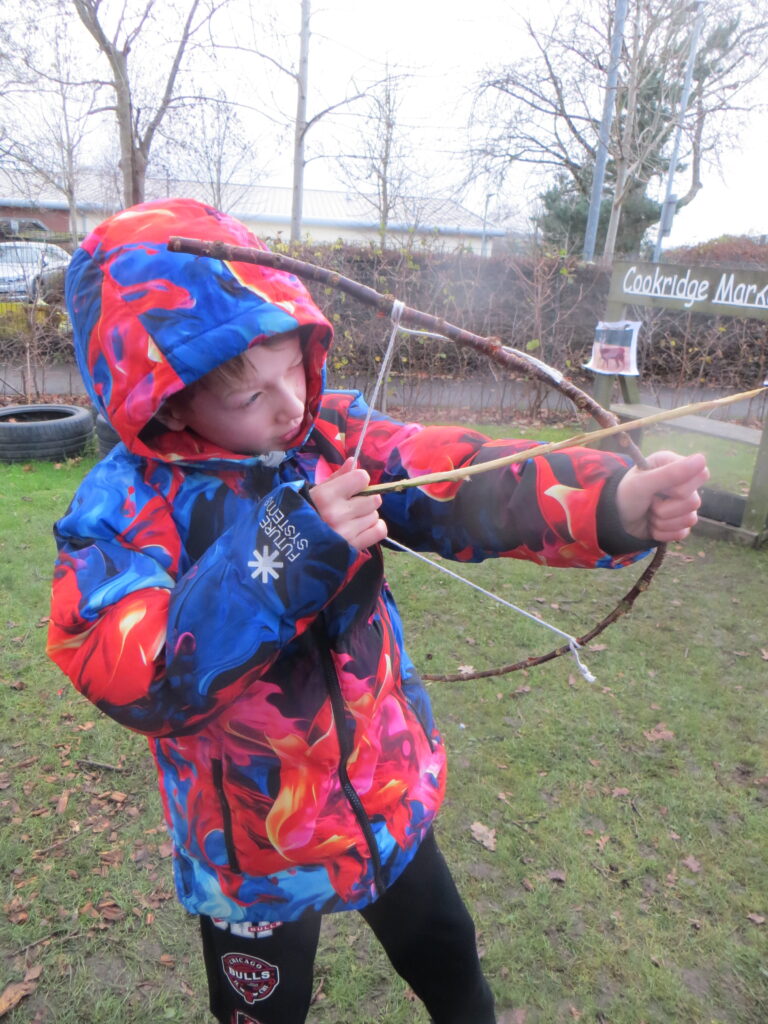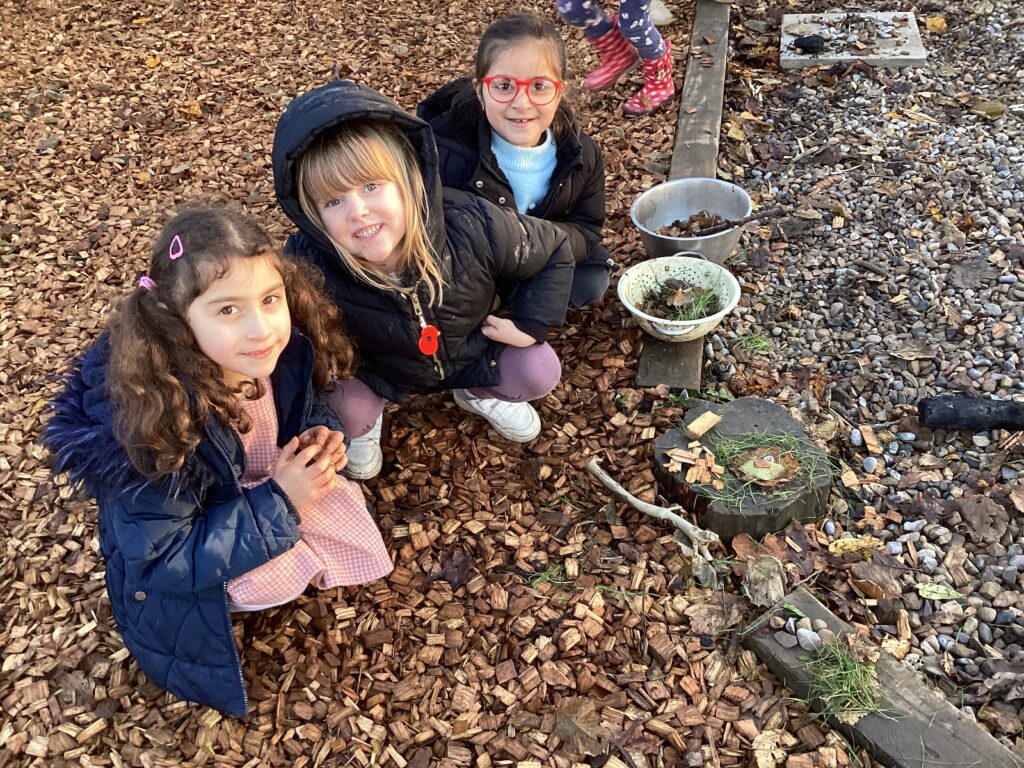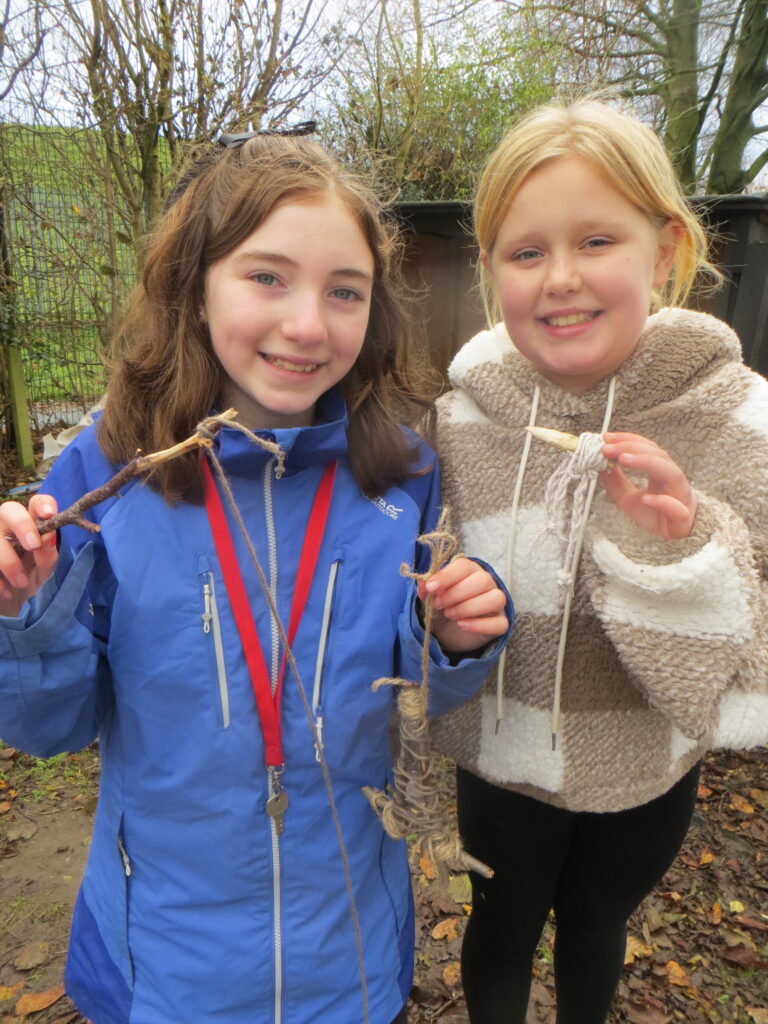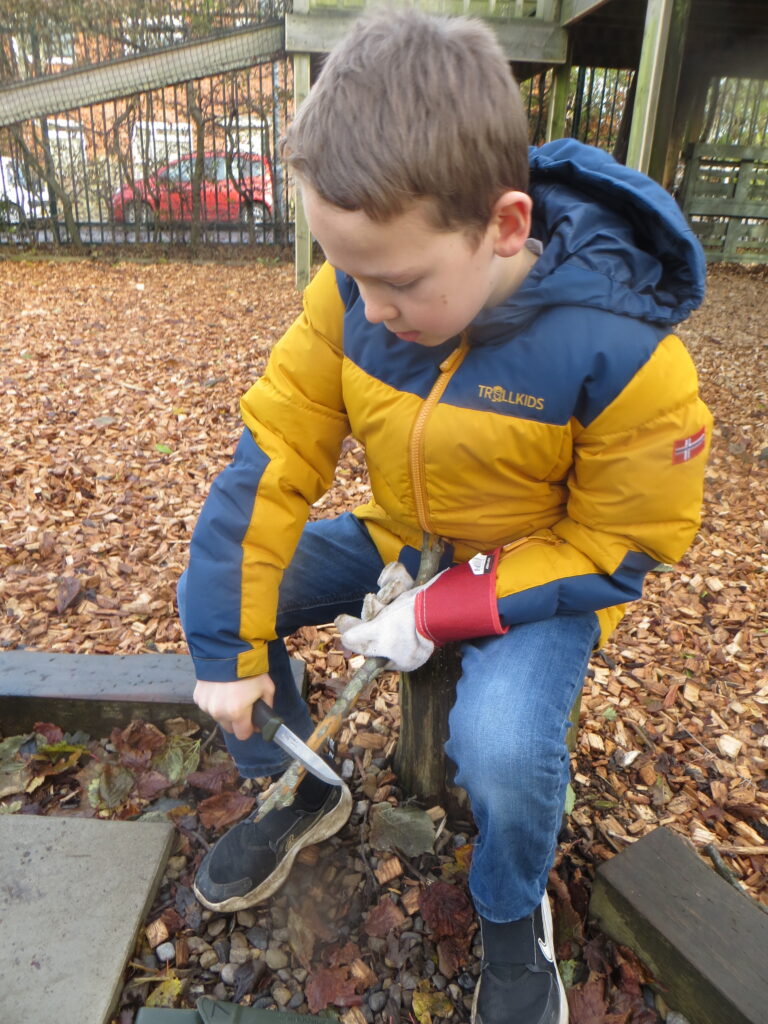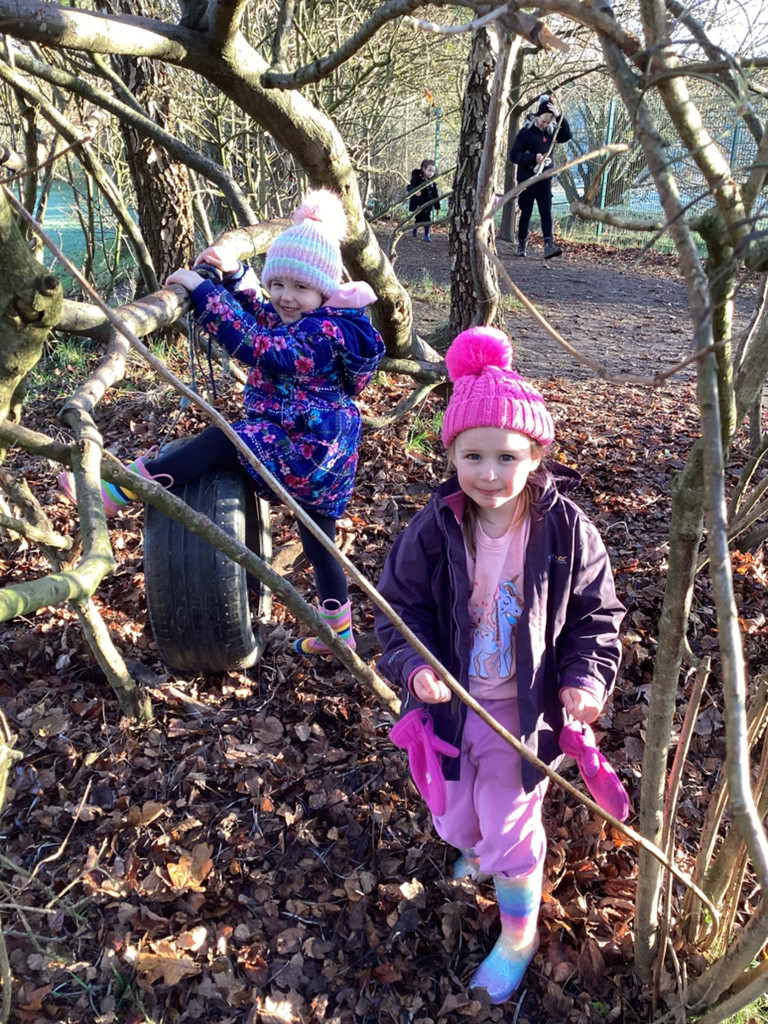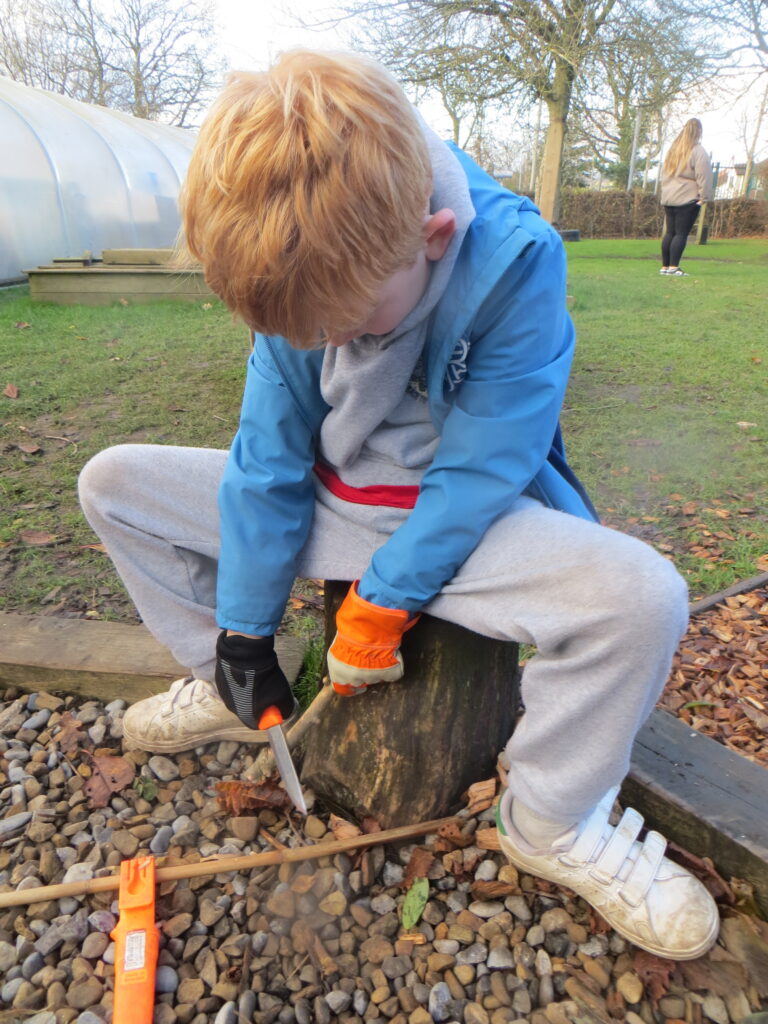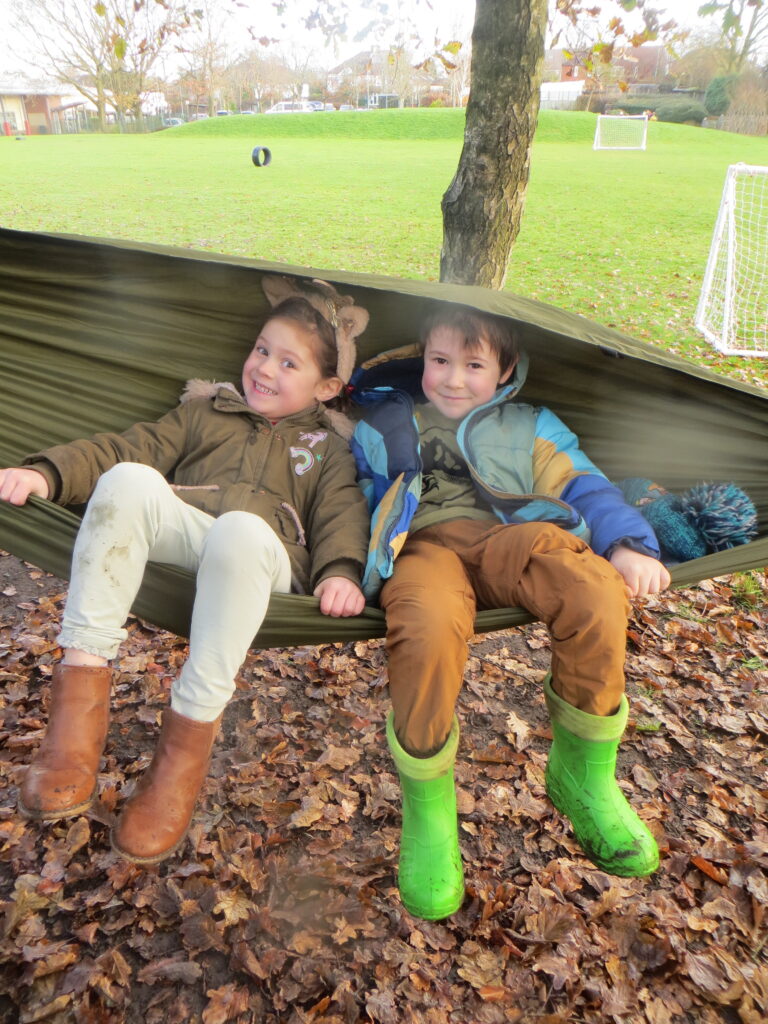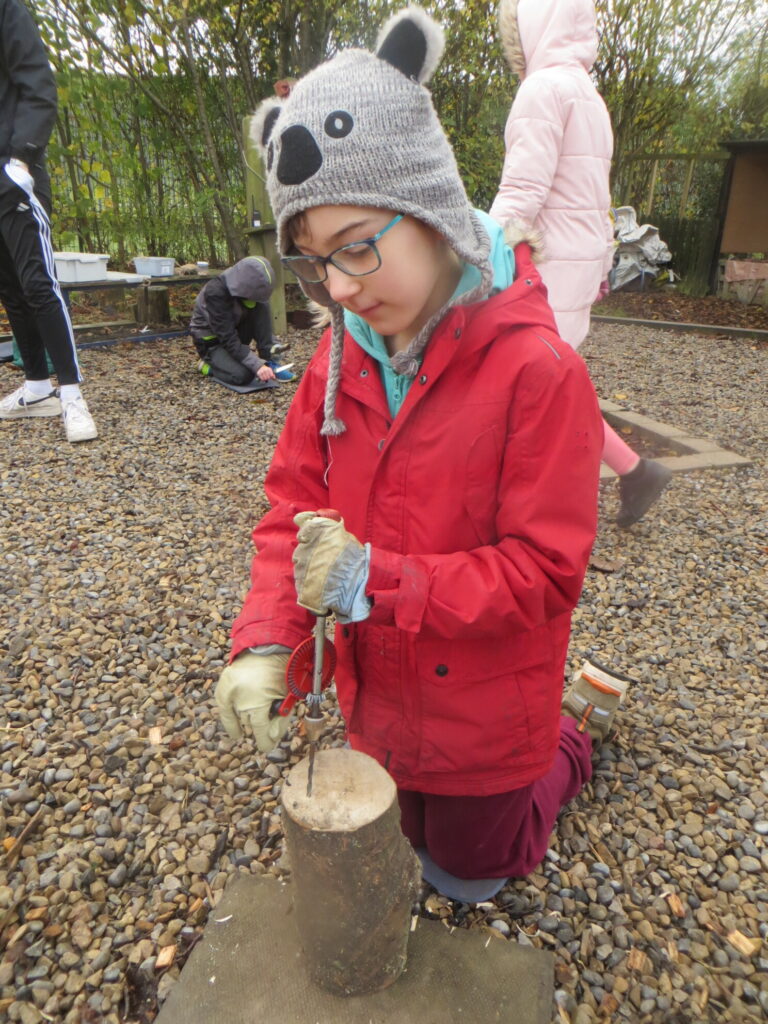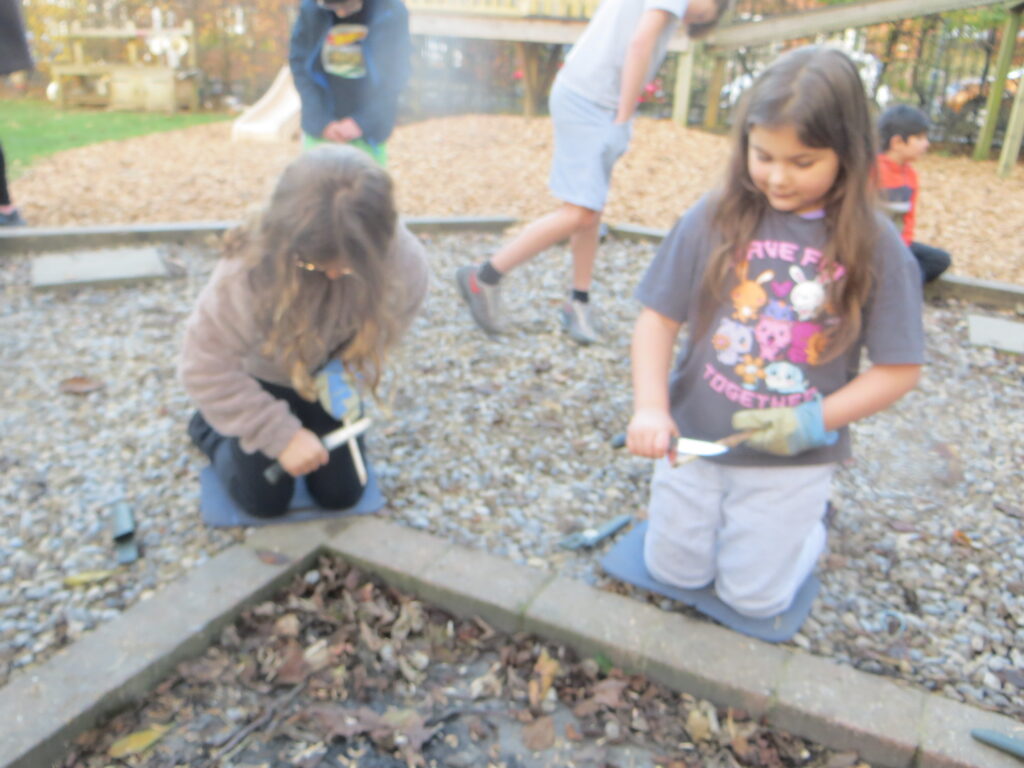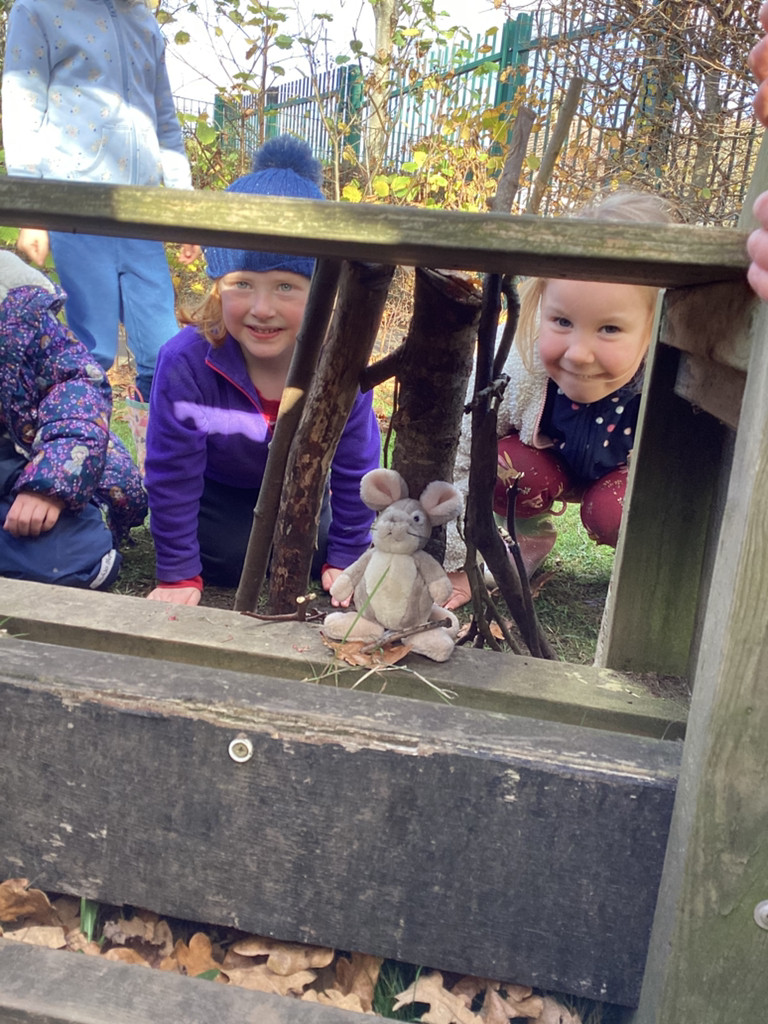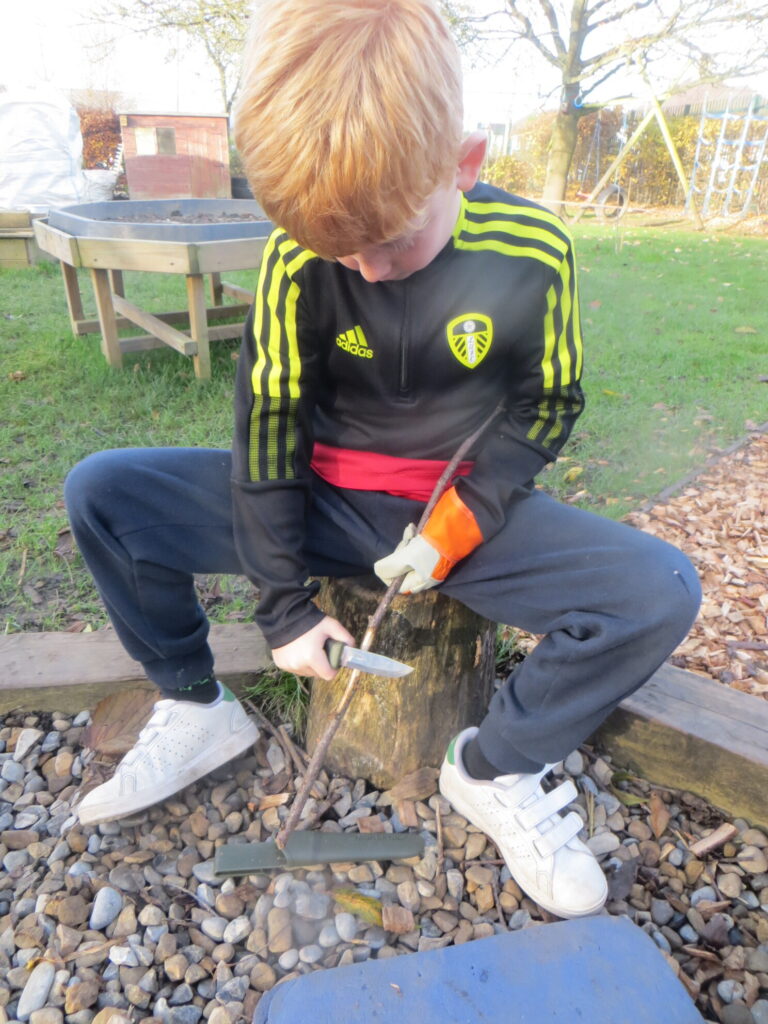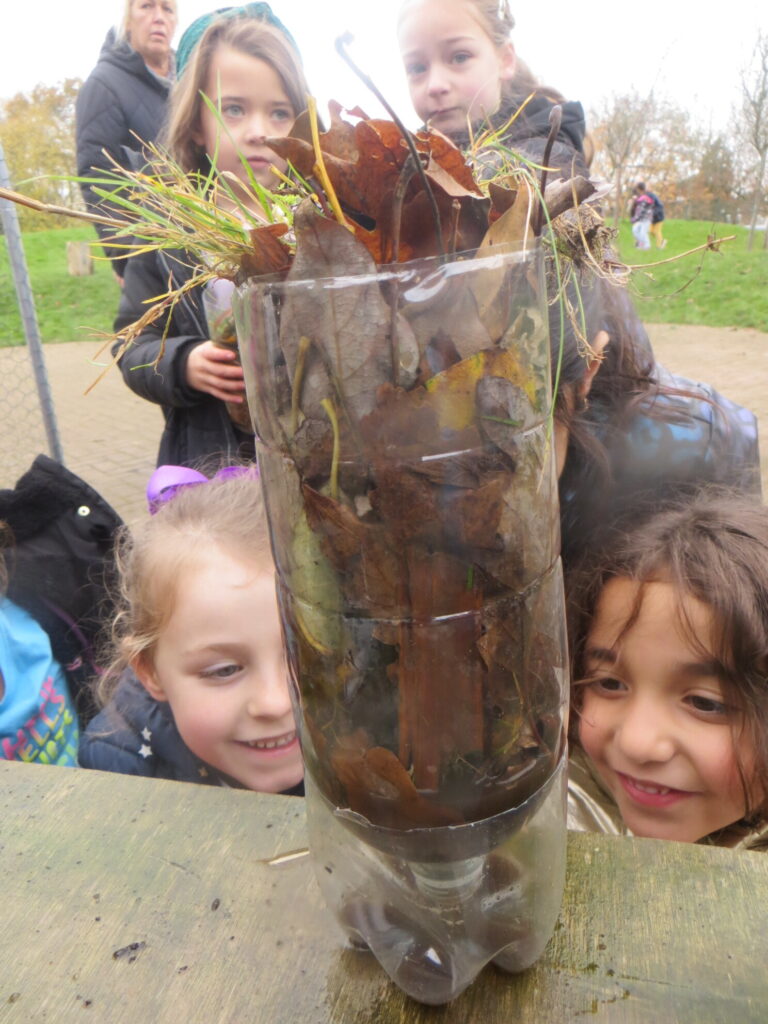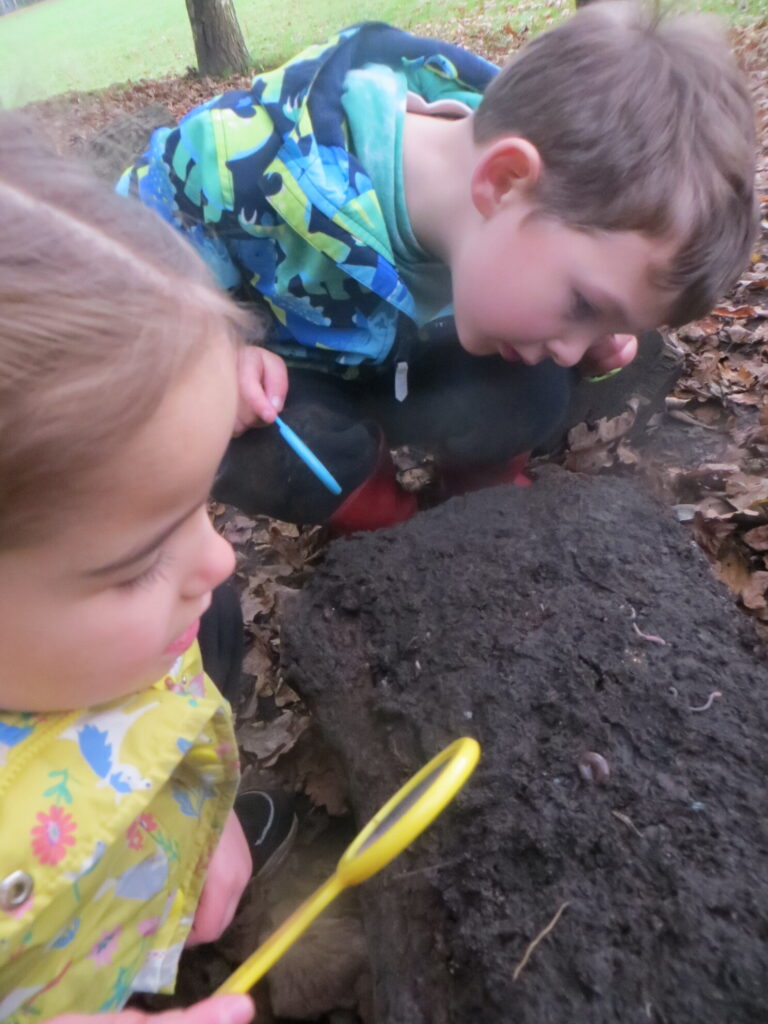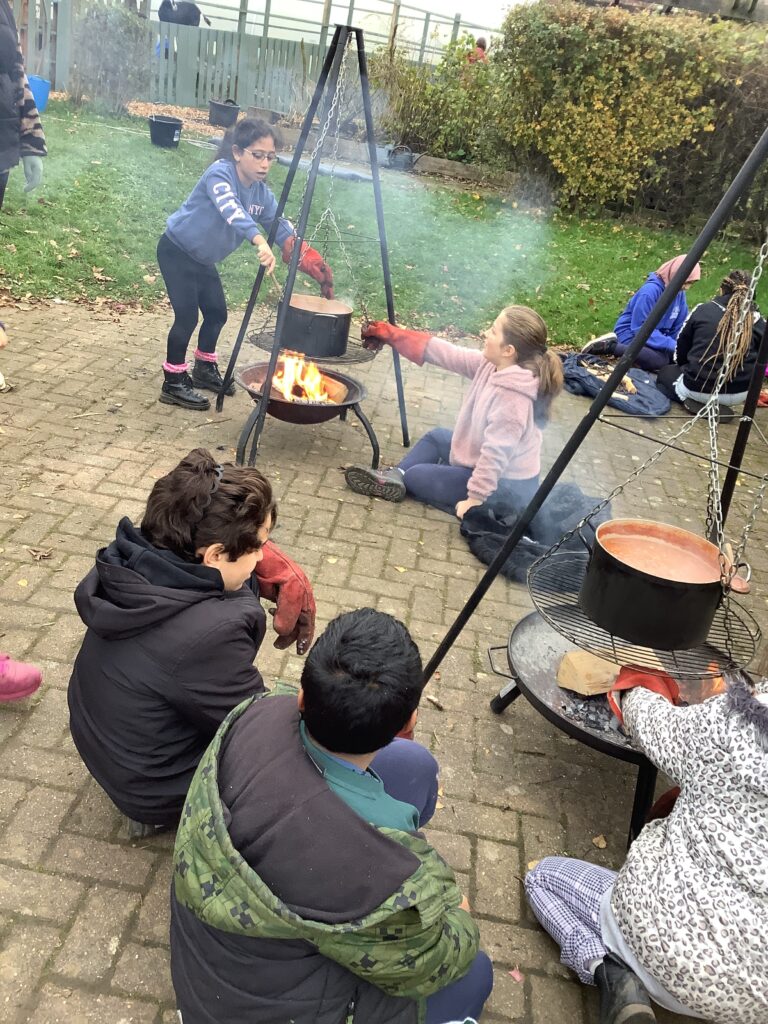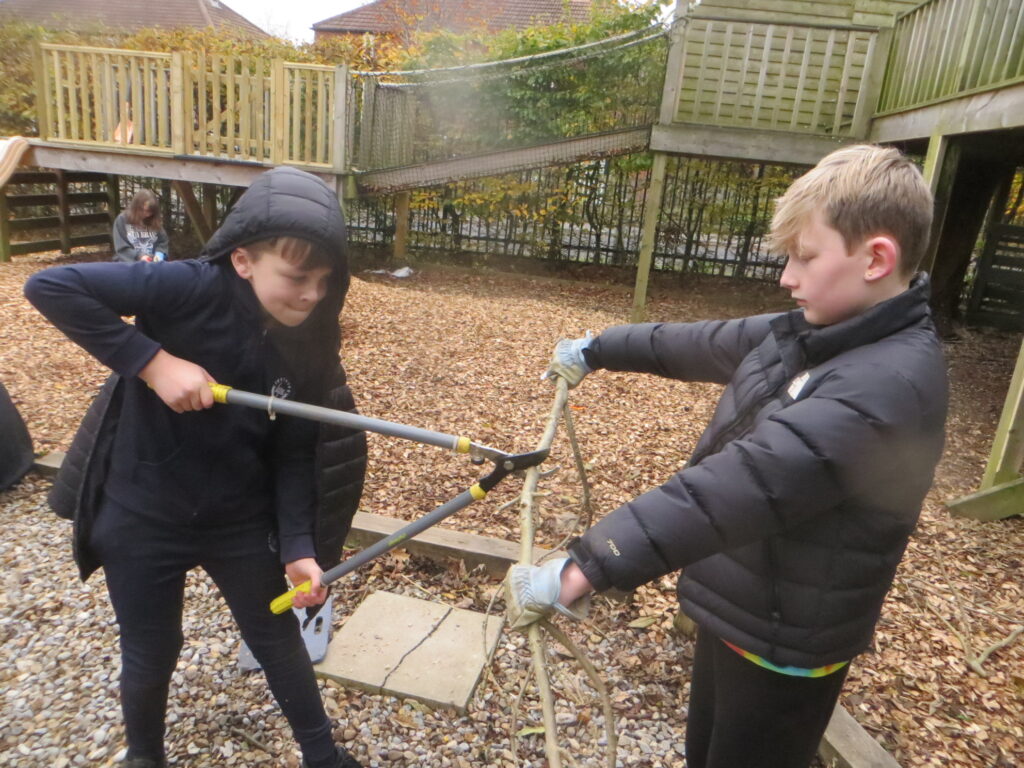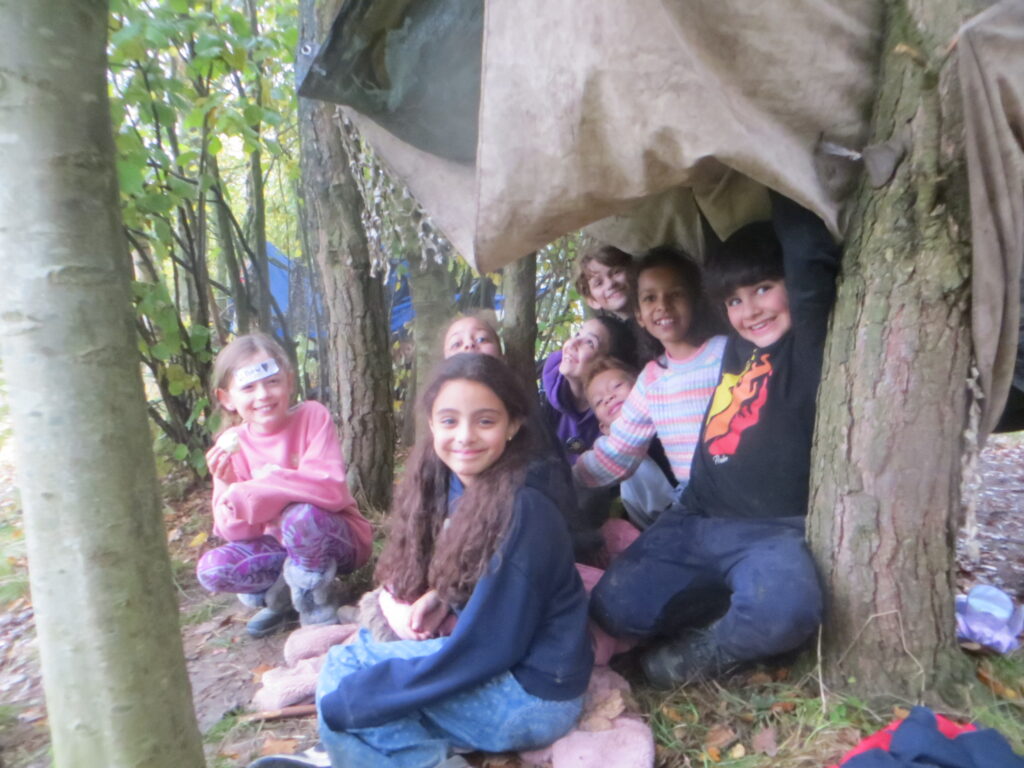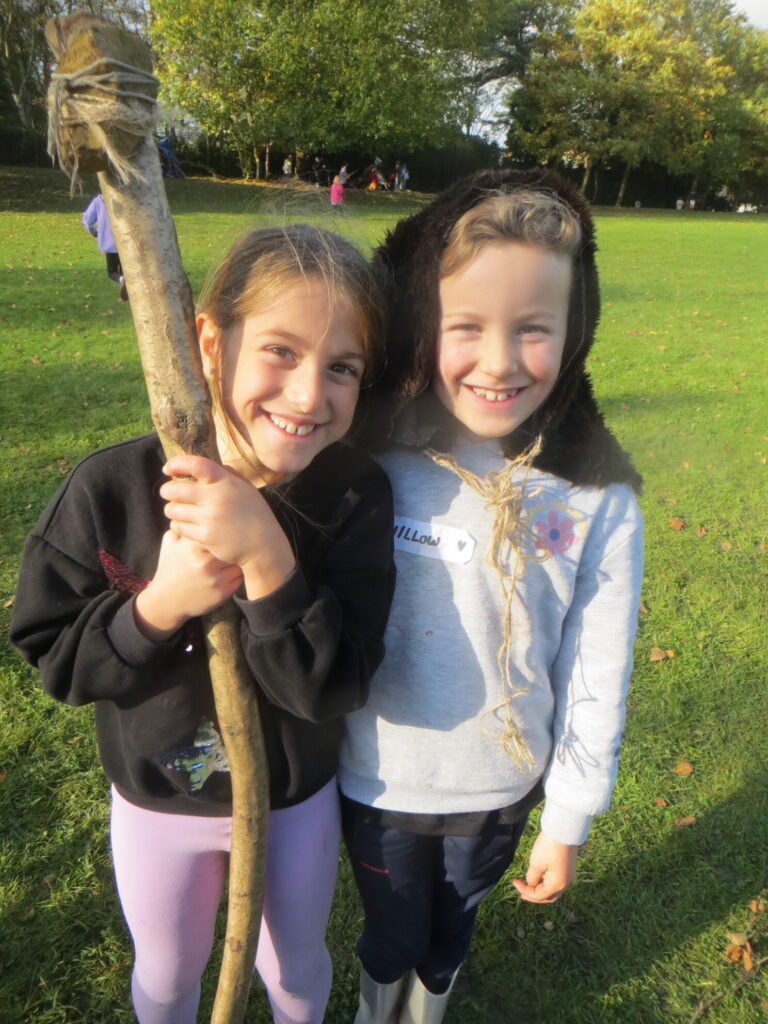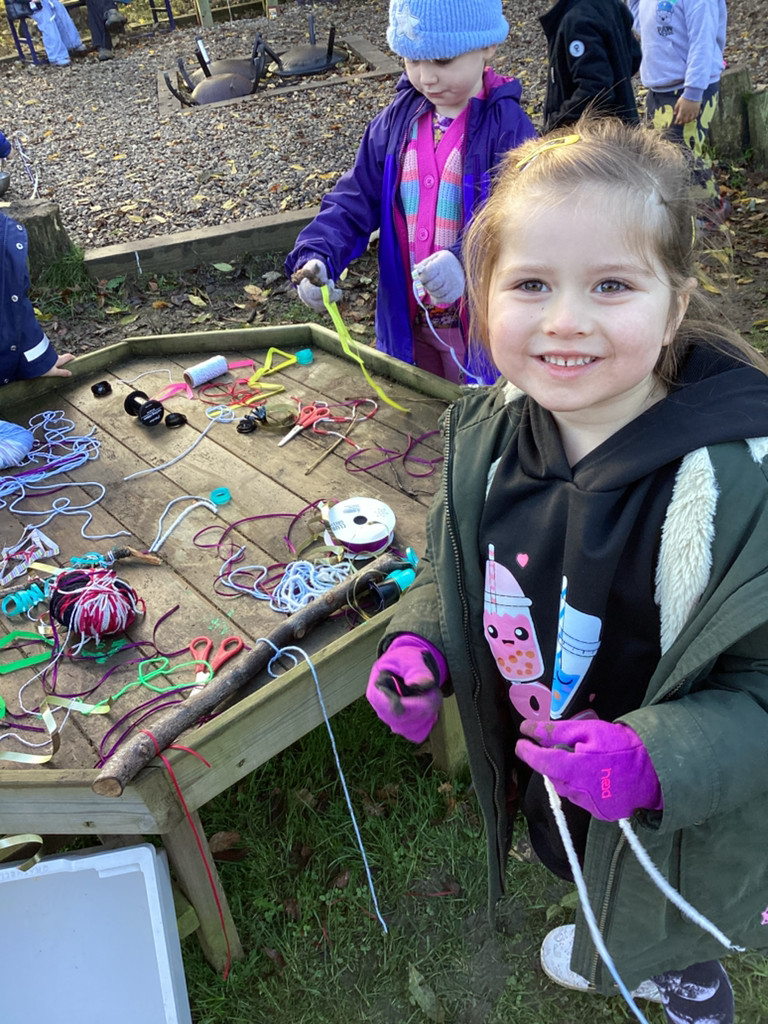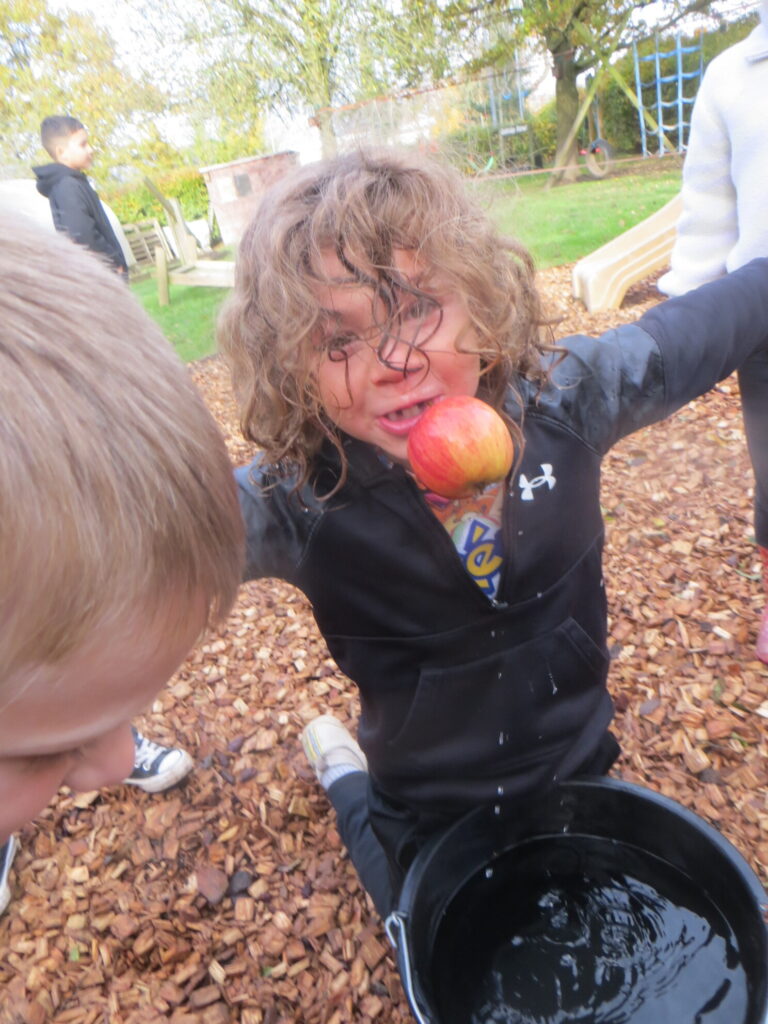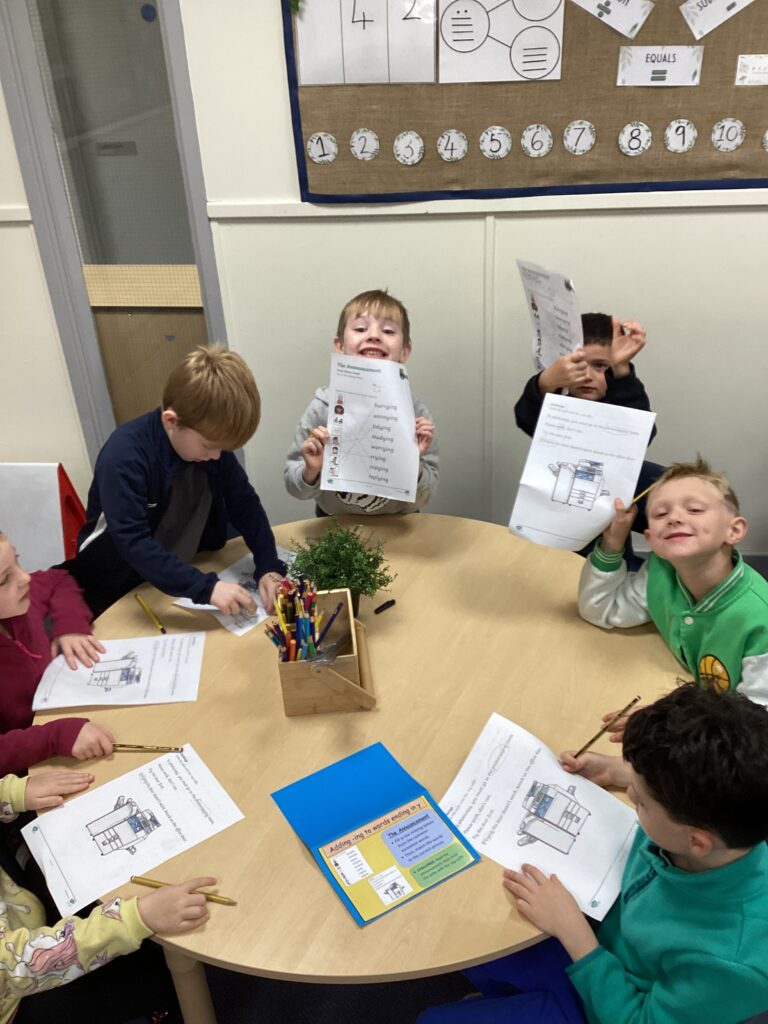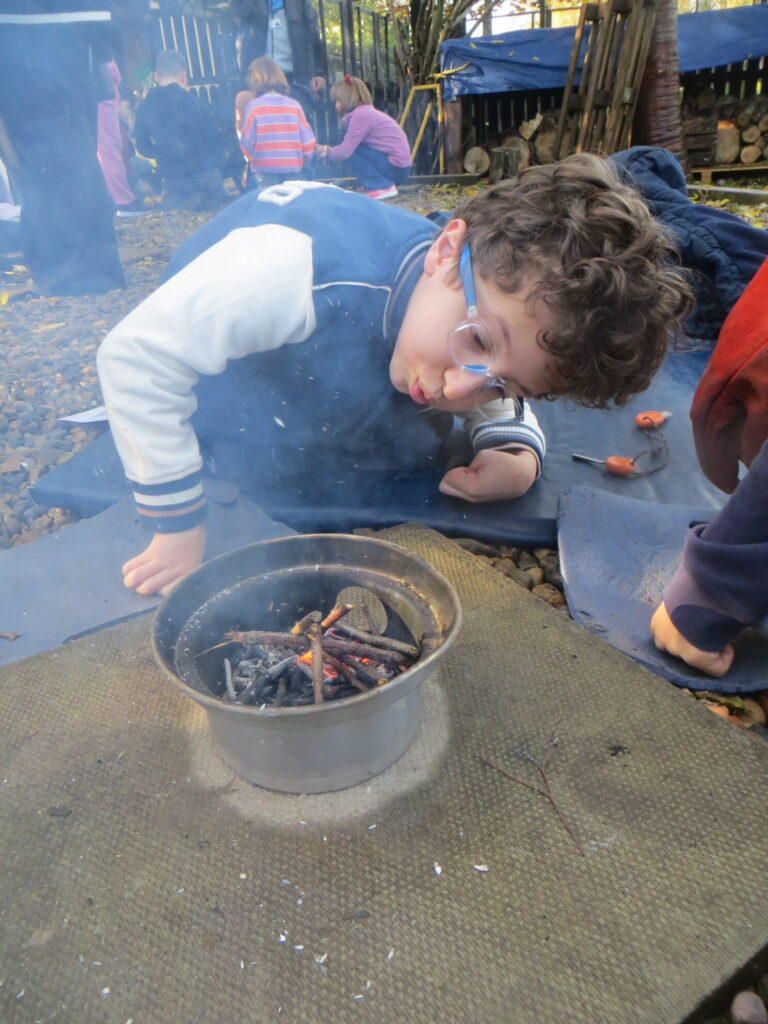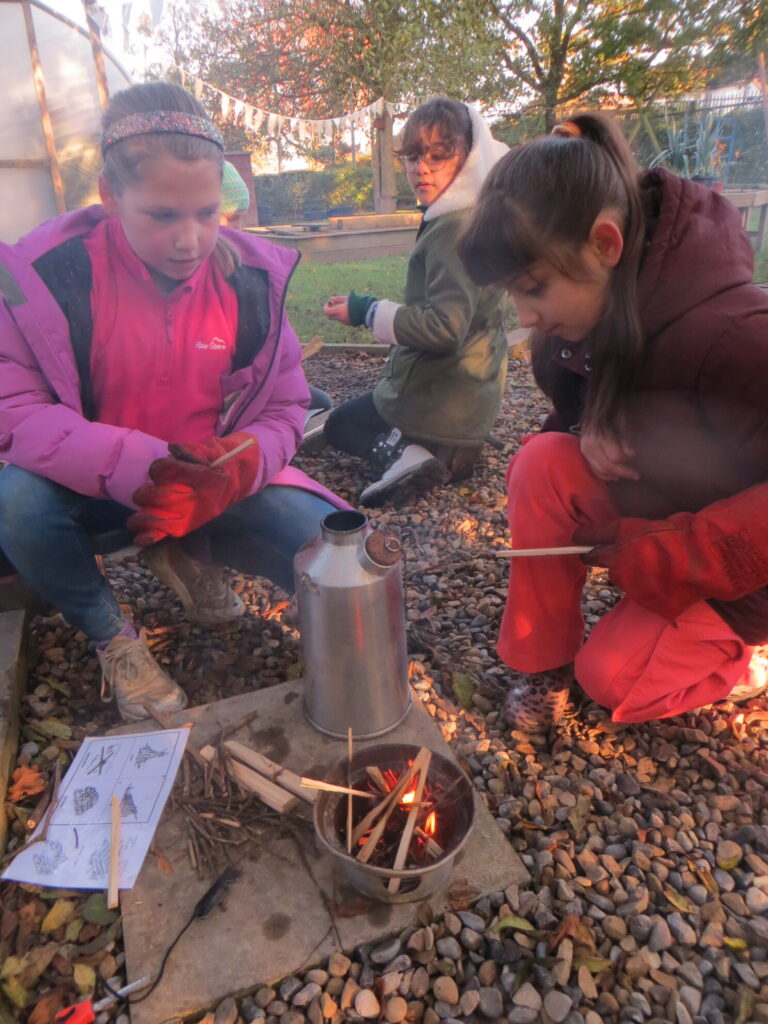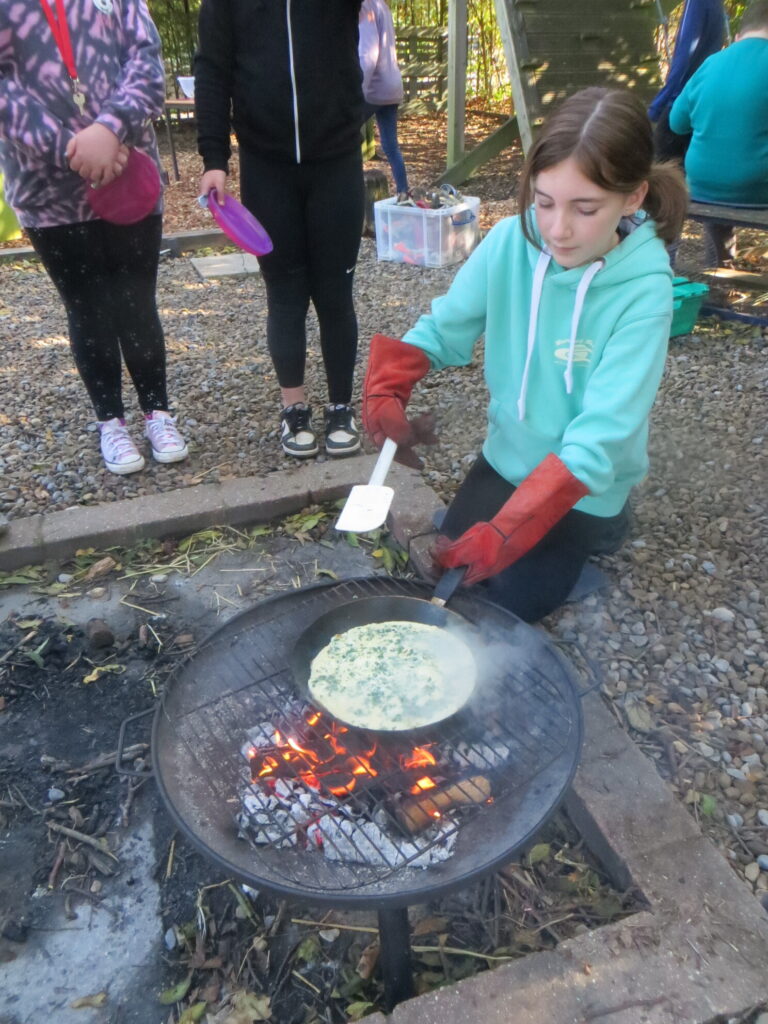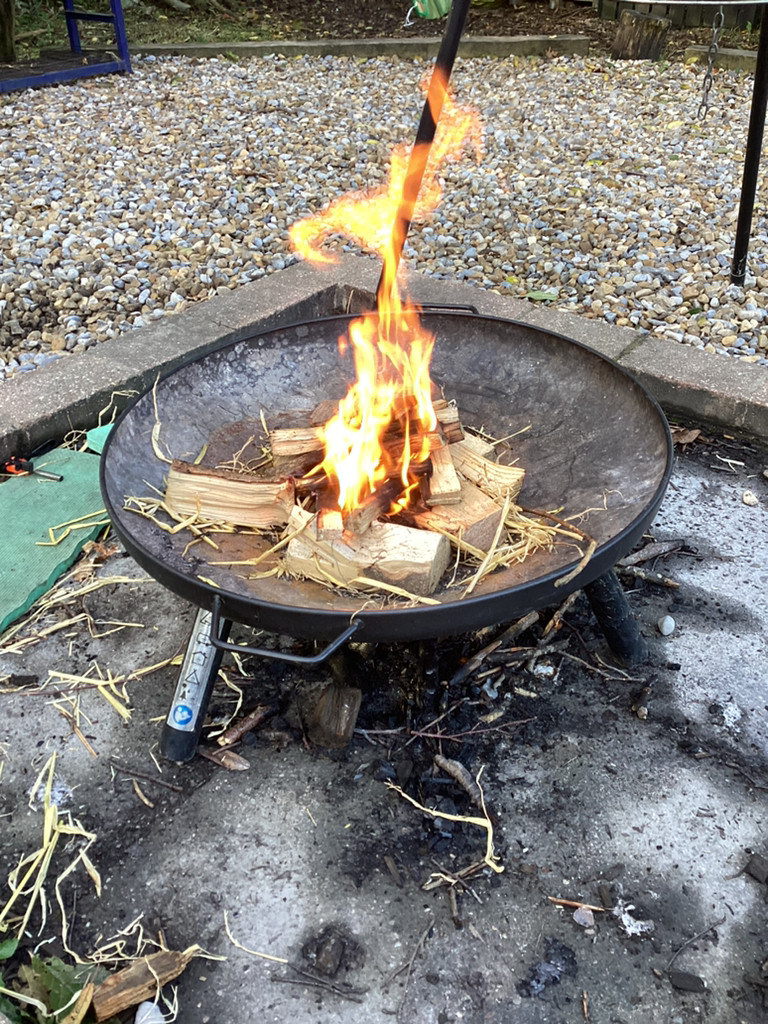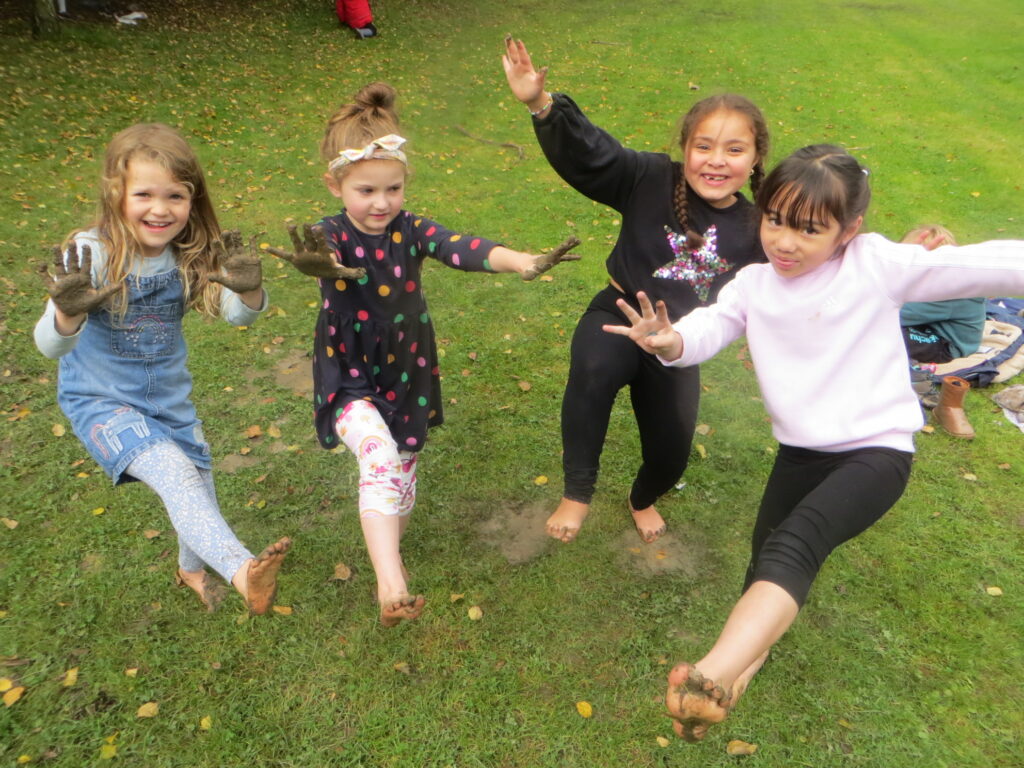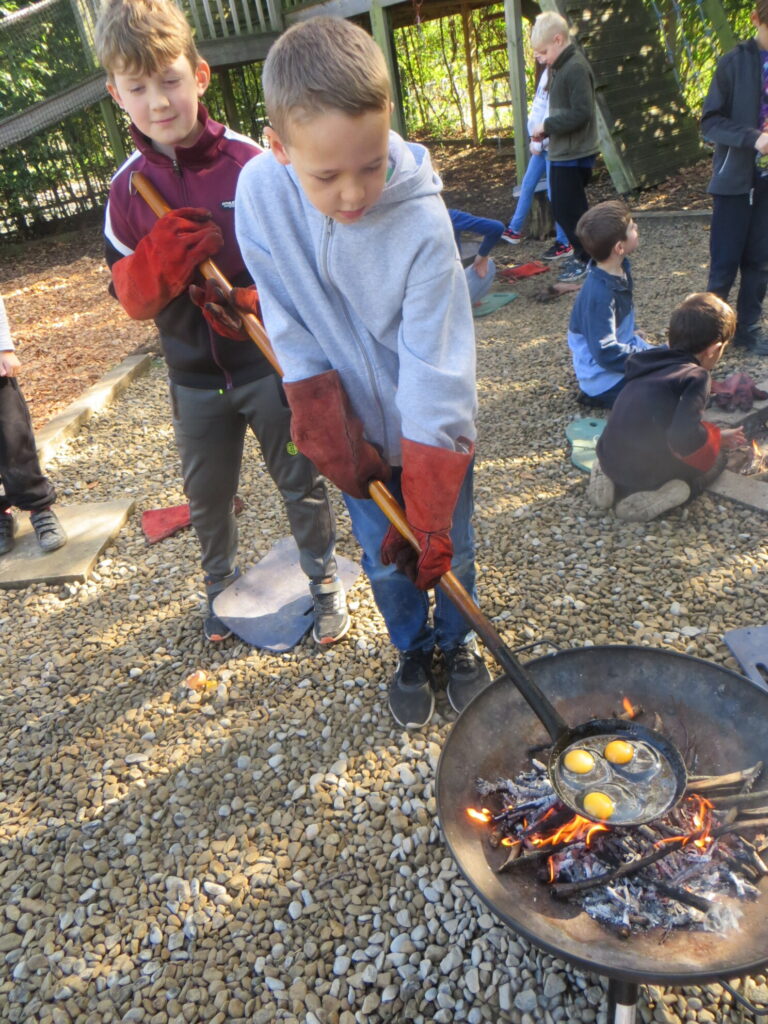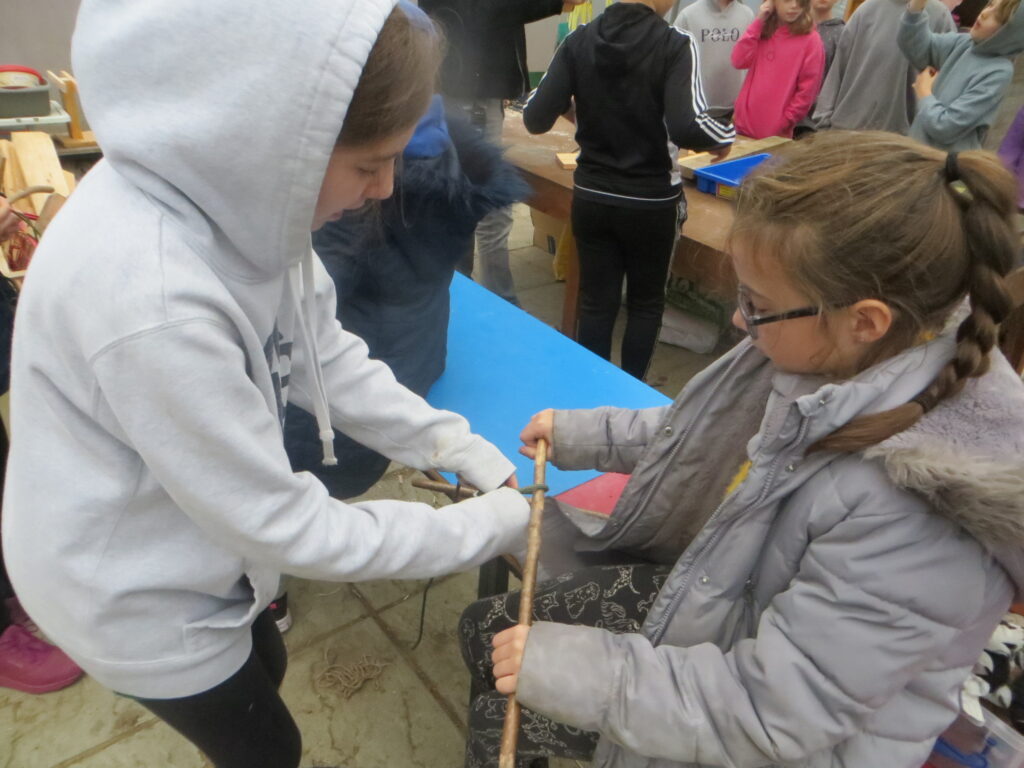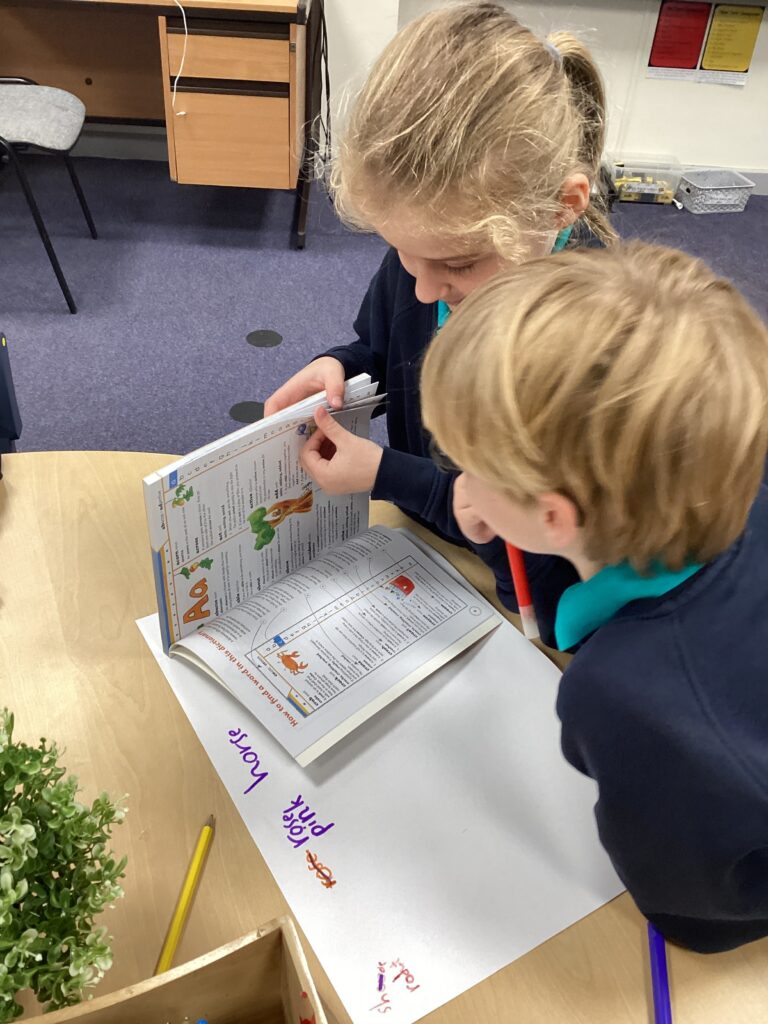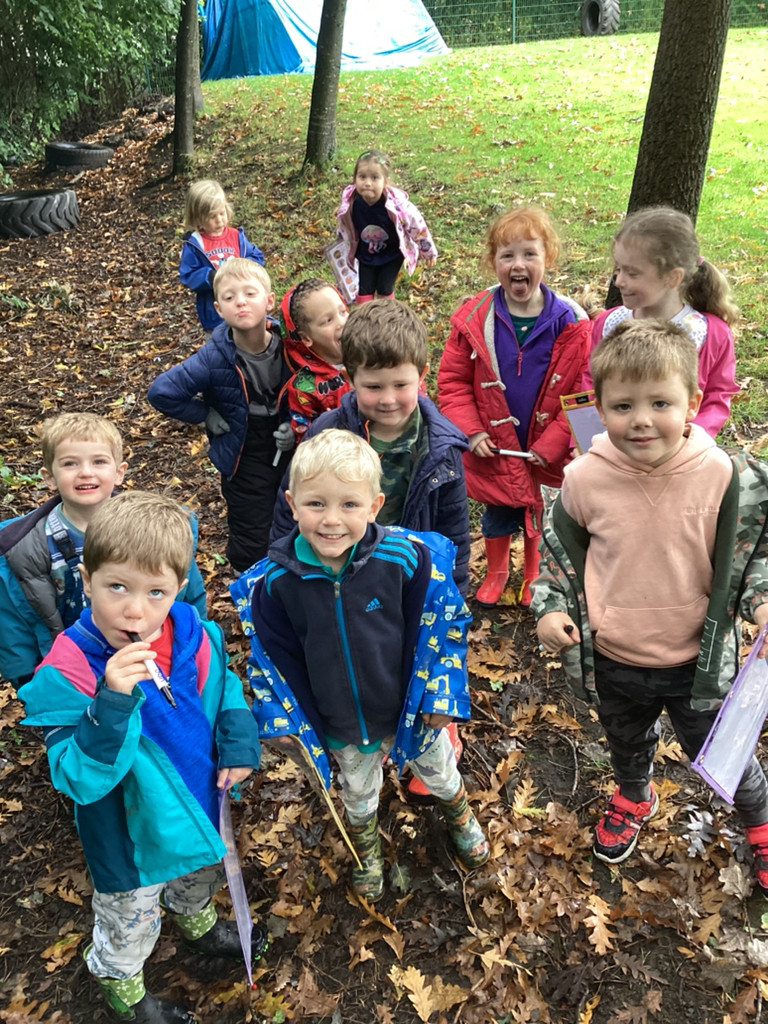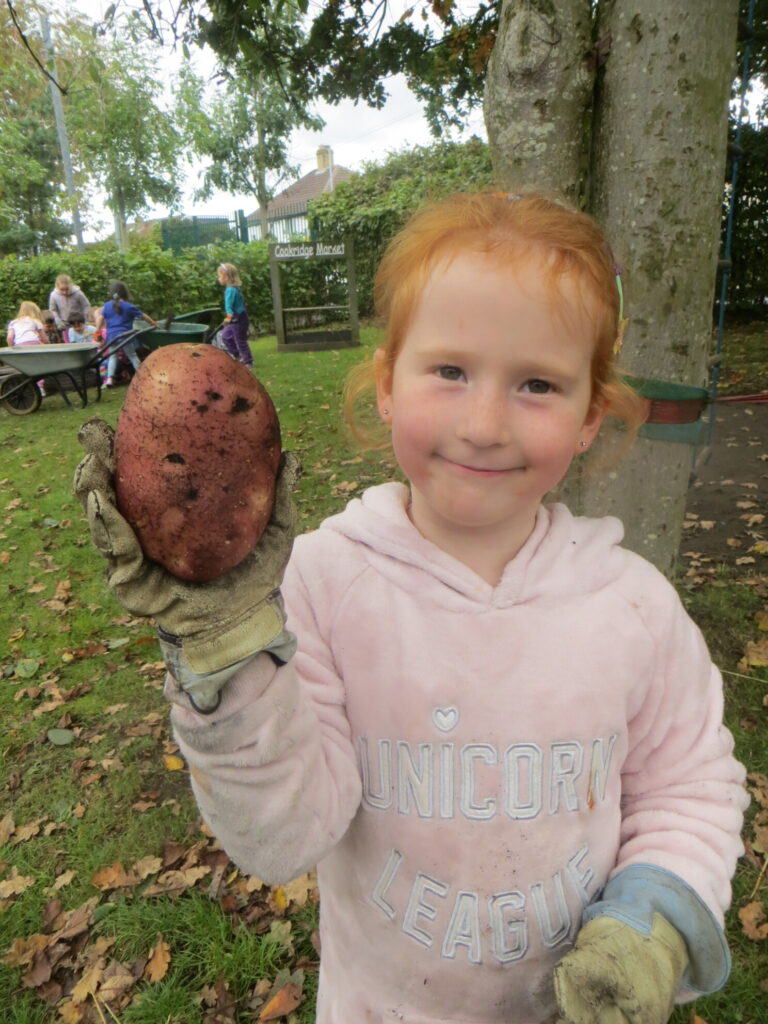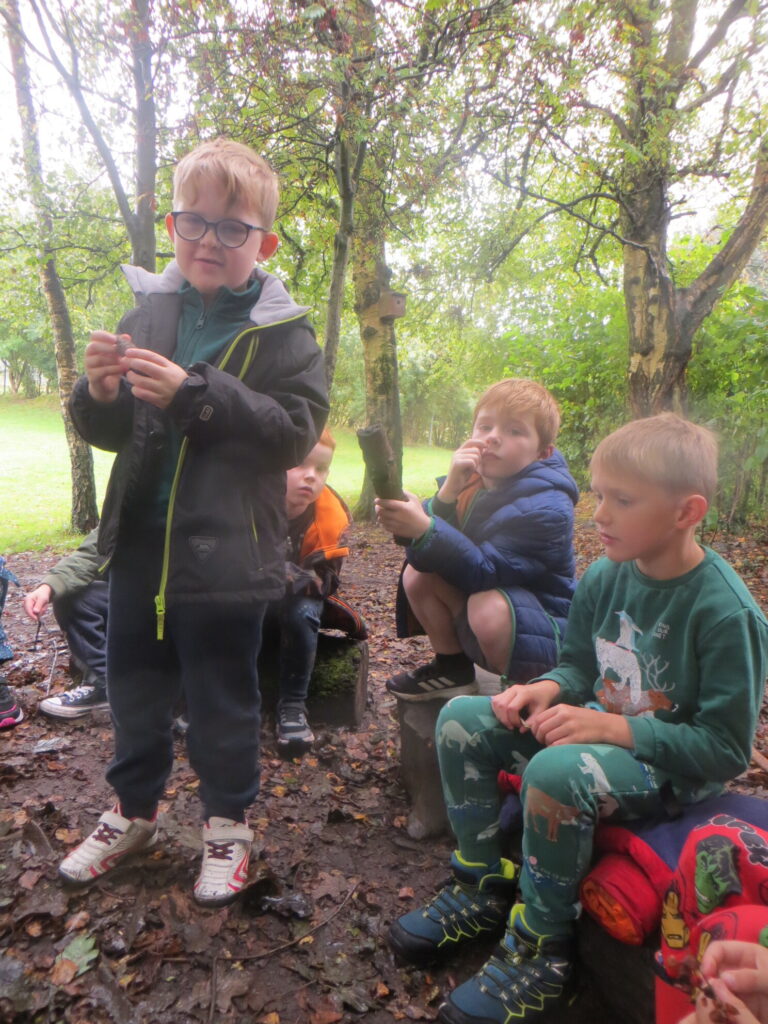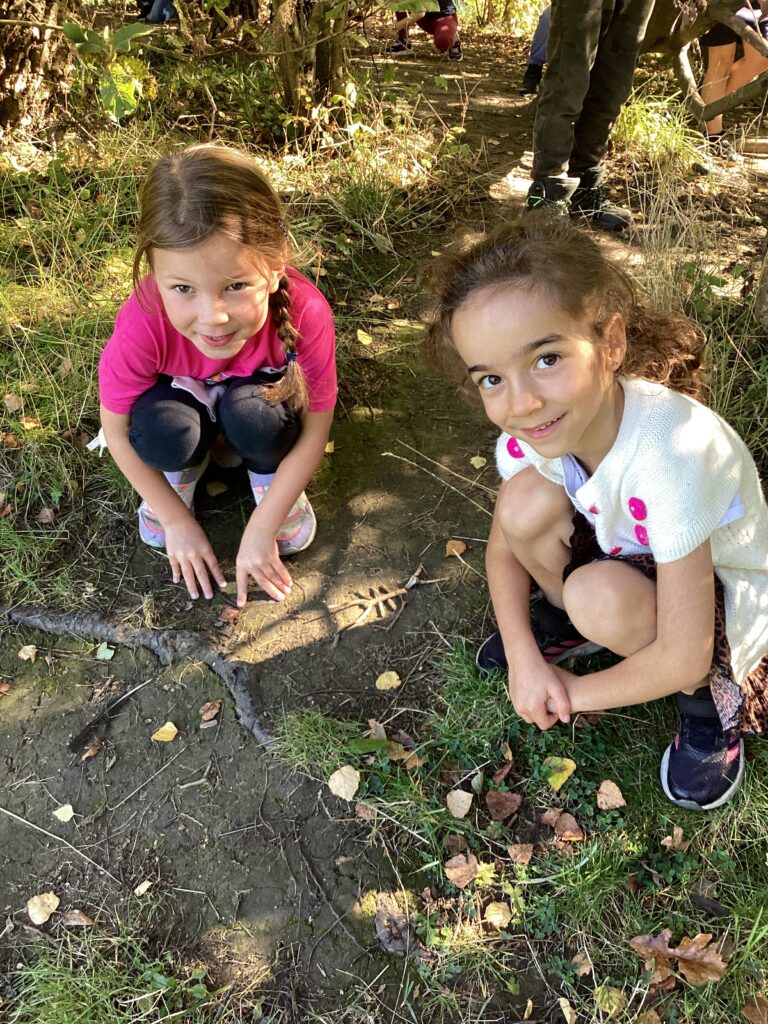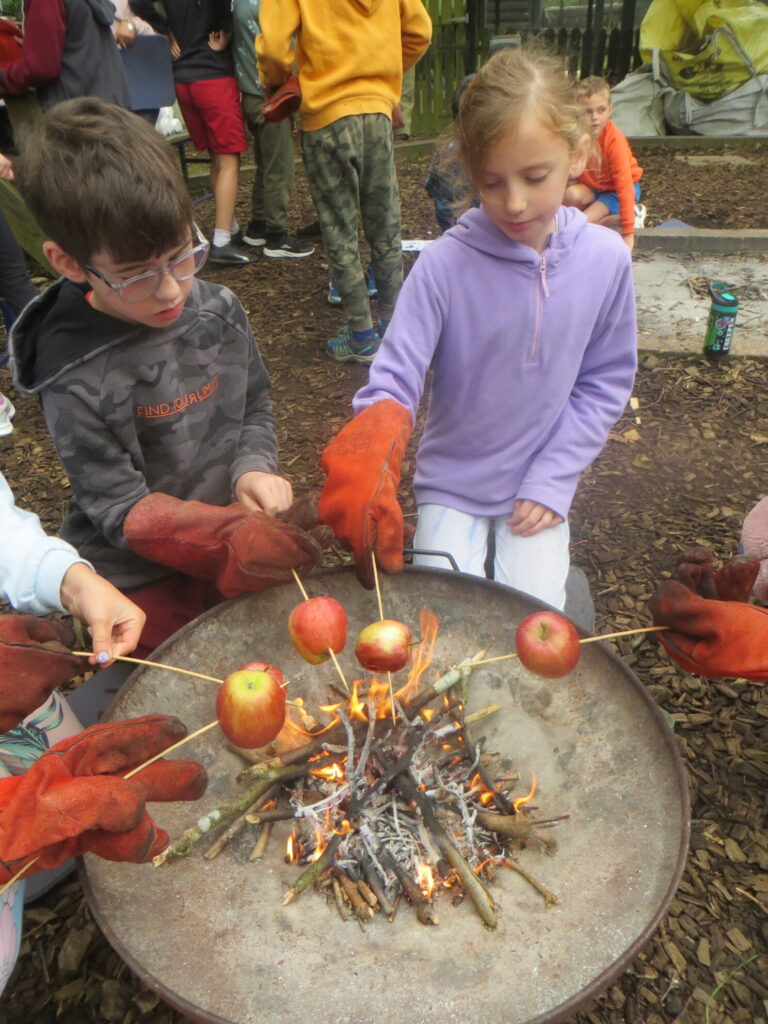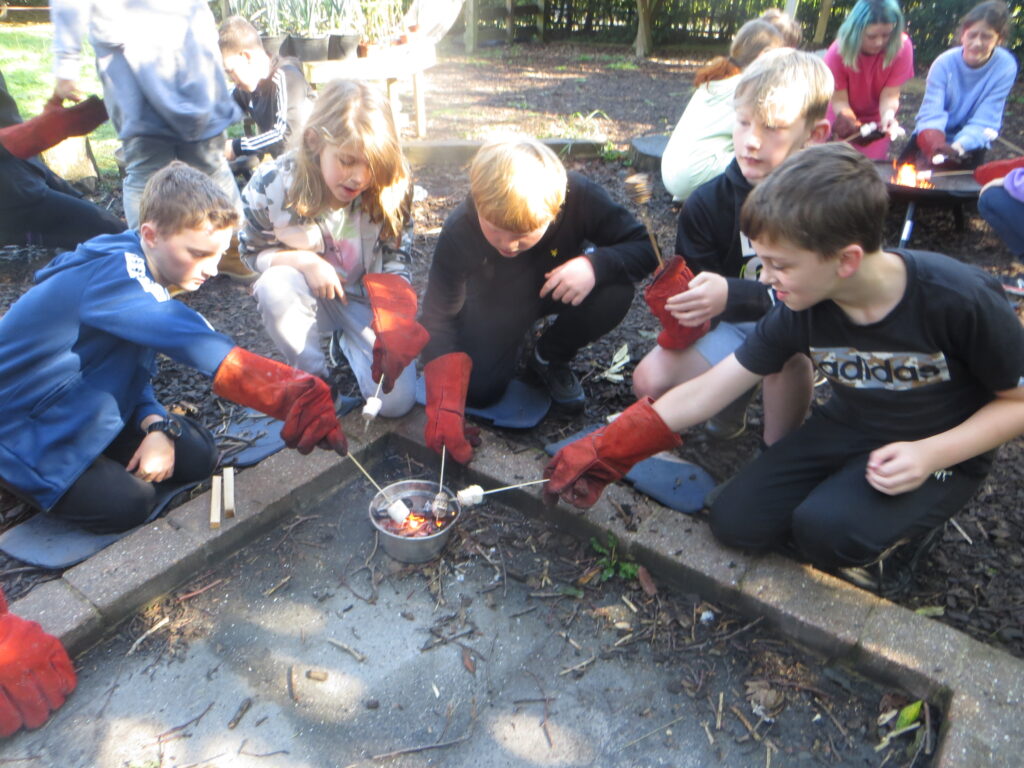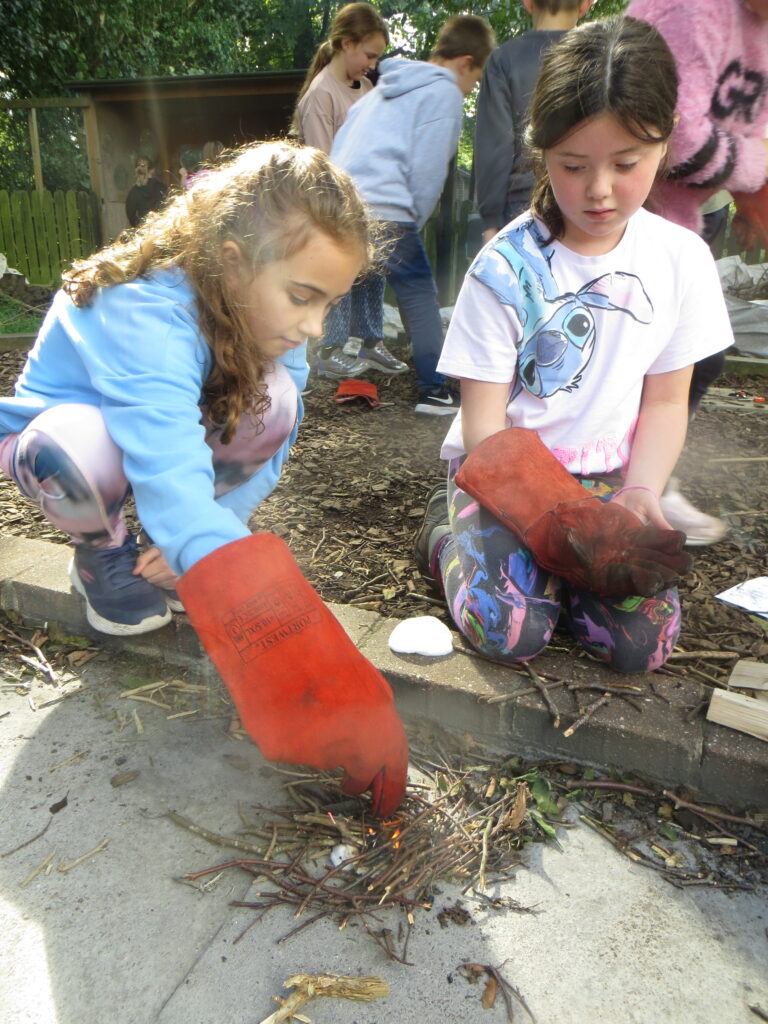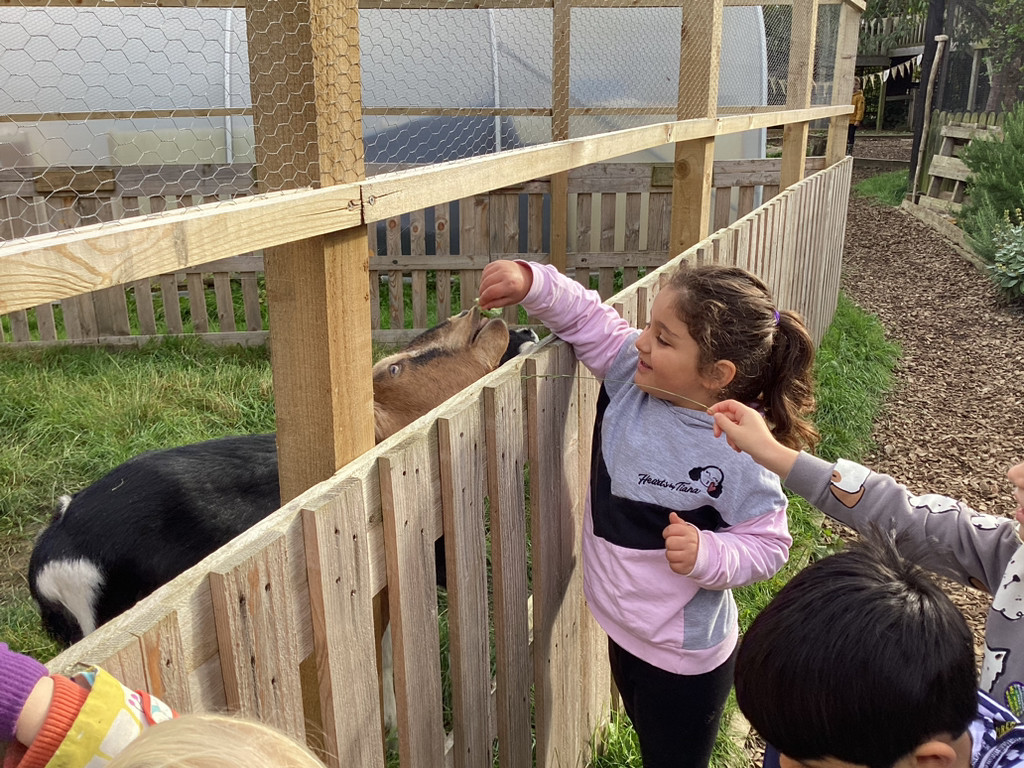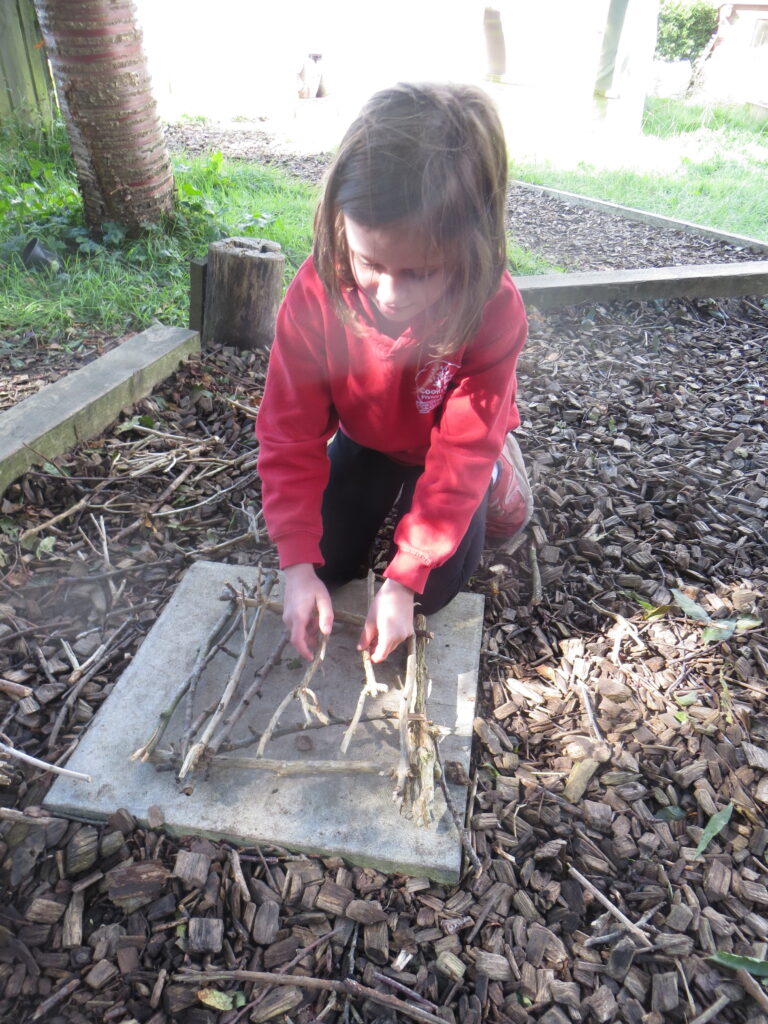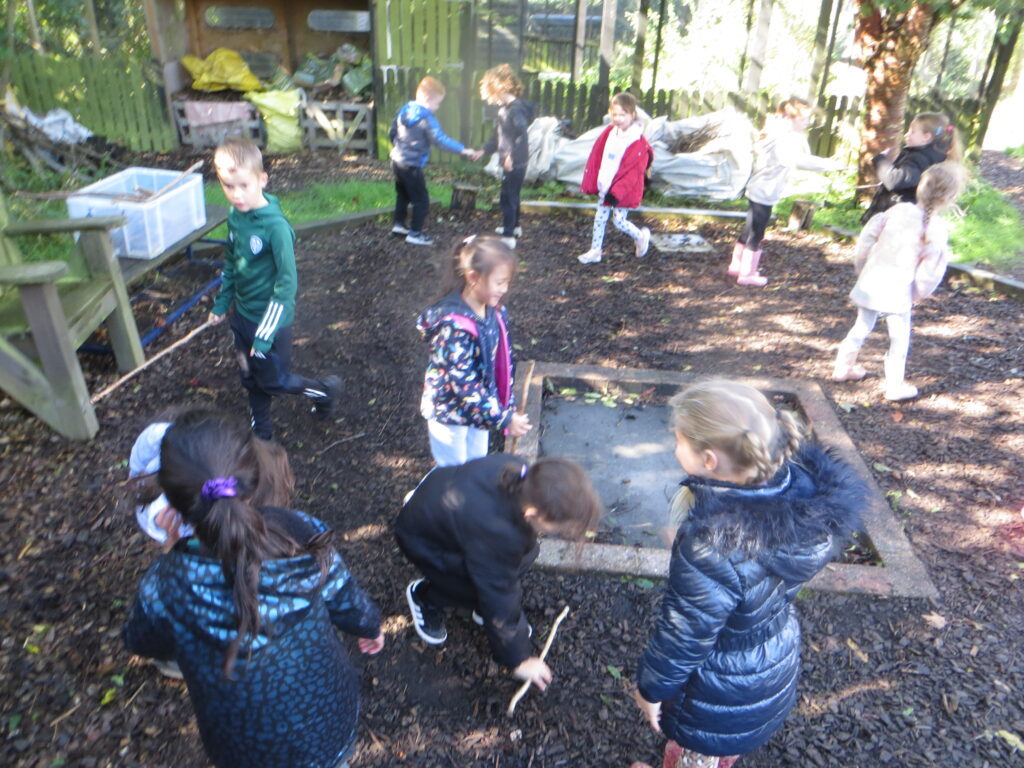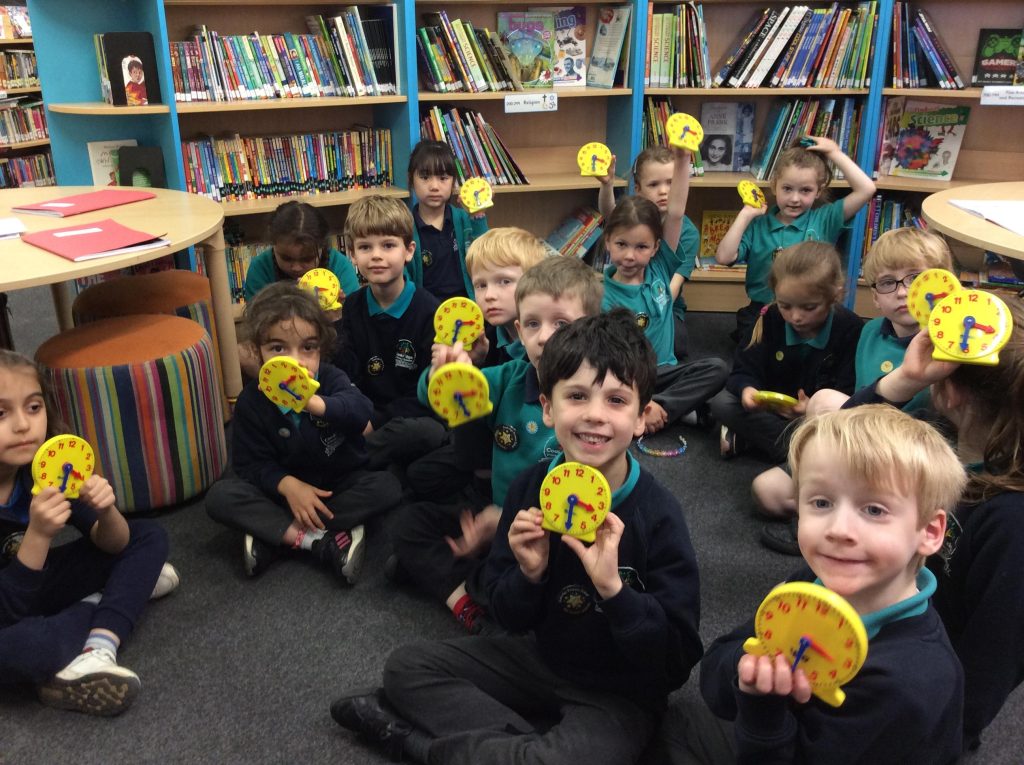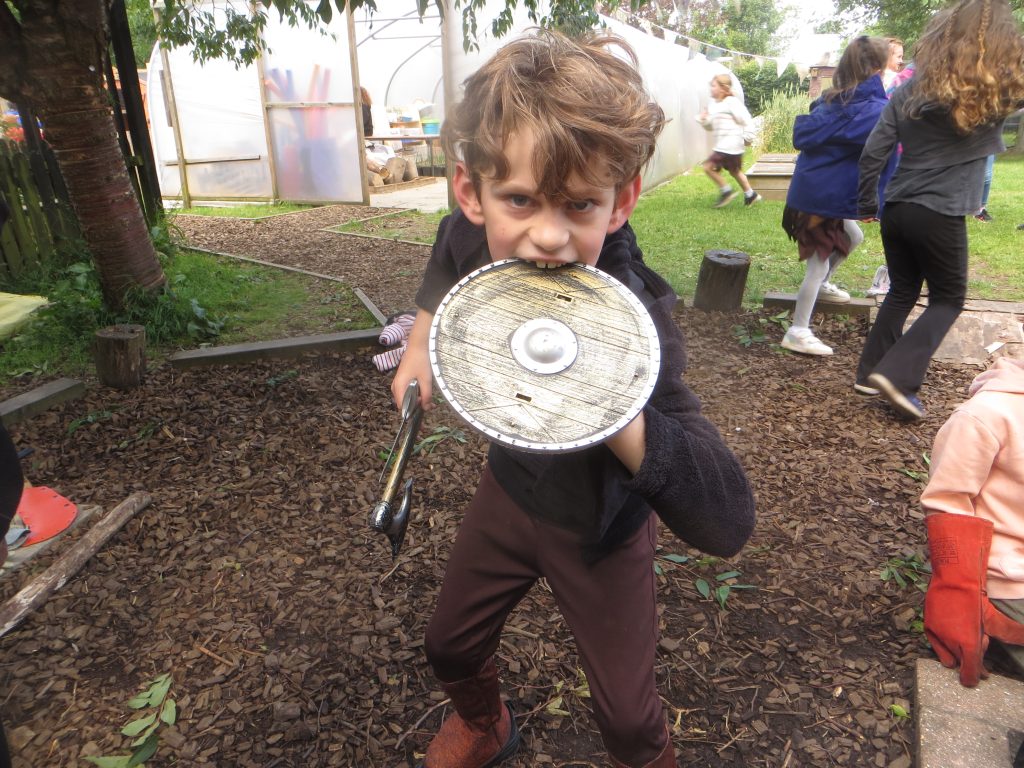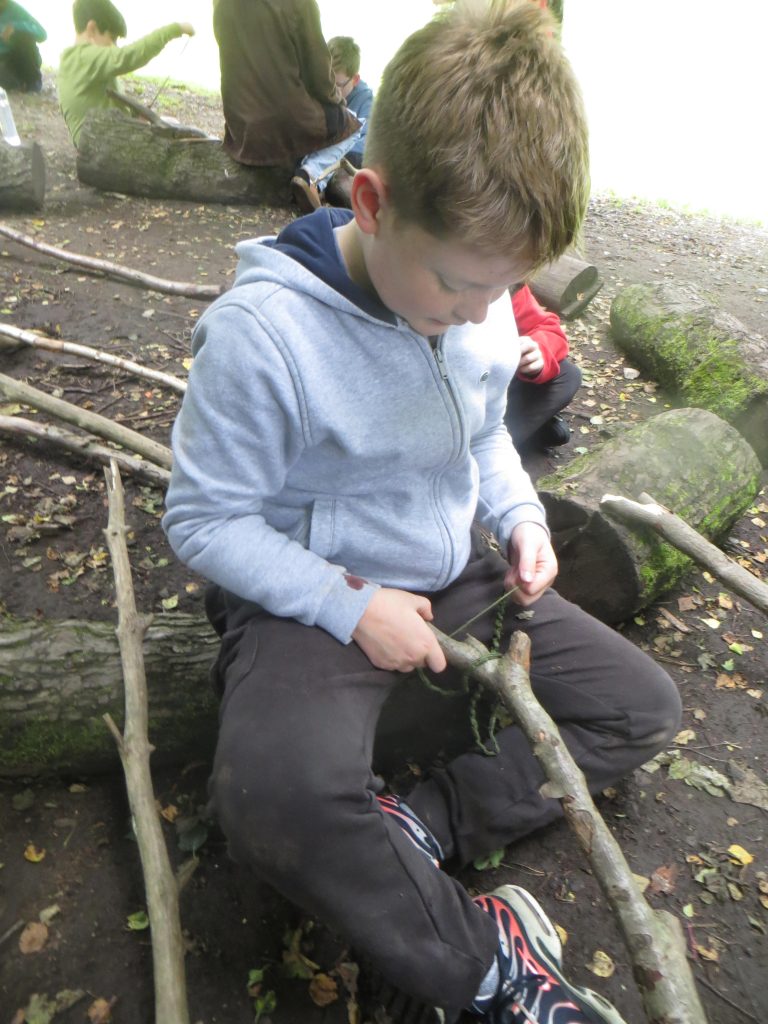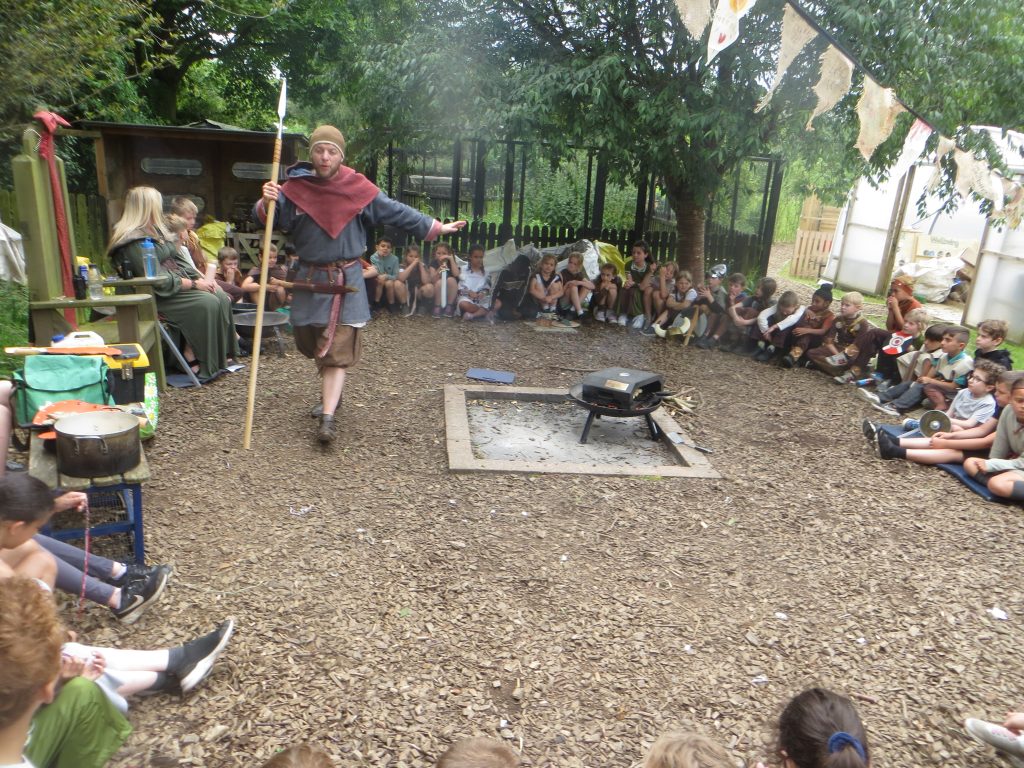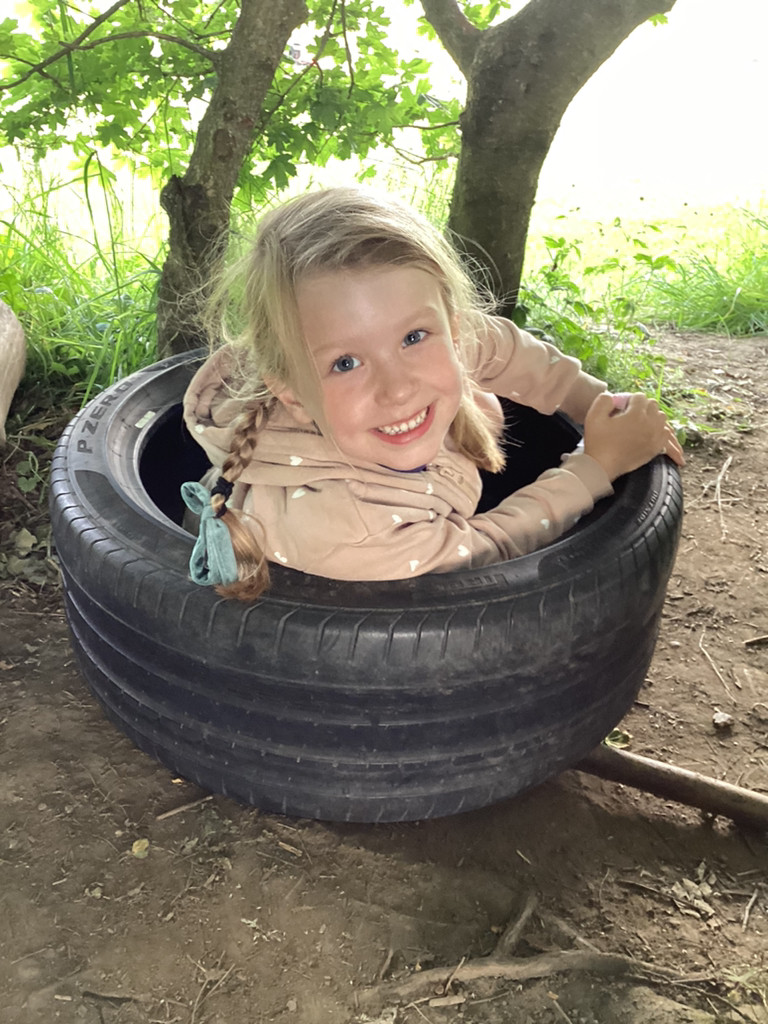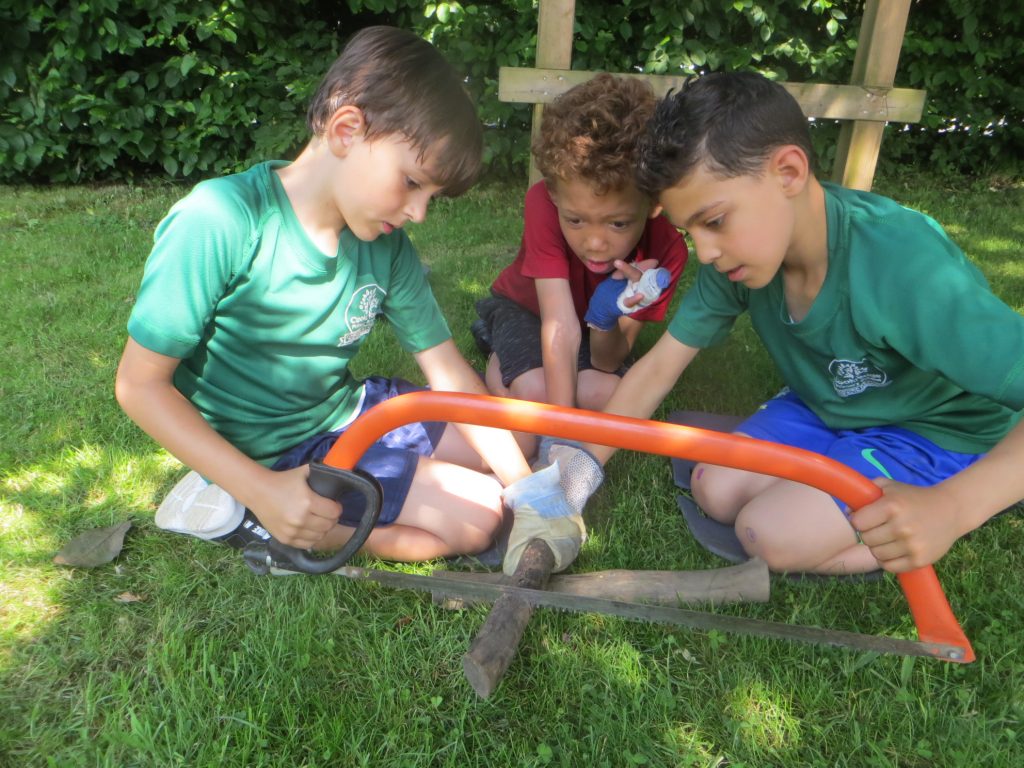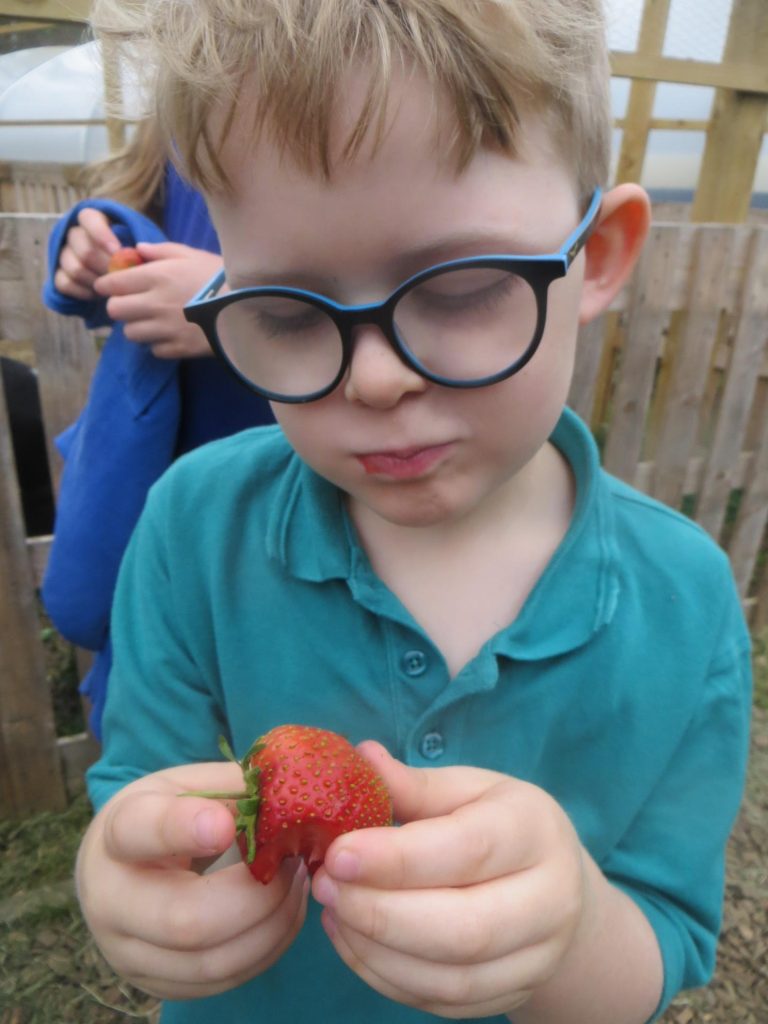The importance of ‘Play’
“Play is the highest form of research.” Albert Einstein
We believe by permitting children to choose how they play and interact with the natural environment Forest School Leaders can support, develop and extend play and learning. If children are allowed to explore and share ideas naturally they’ll try to solve problems and cultivate an atmosphere of working in teams. Allowing children to work together and tackle perplexing problems helps them to learn more effectively.
As a consequence, independent play gives children the chance to ‘gather information’; they can test things out, find new ways of doing things which helps to build self-confidence and self-esteem. Additionally, pupils also have a chance to develop friendships by learning how to collaborate together.
Although play may seem directionless to a spectator, pupils’ experimentation with objects and materials around them unlocks potential and curiosity. This cognitive and developmental perspective, in which play is important for intellectual growth and development of thinking and understanding, underpins our school ethos (Else and Sturrock 2007). “Children are born with a natural curiosity and a desire to learn. It is an eagerness to explore, discover and figure things out. The more explorative a child is, the more they learn. Nurturing this curiosity is one of the most important ways we can help children to become lifelong learners.
“States Parties recognize the right of the child to rest and leisure, to engage in play and recreational activities appropriate to the age of the child and to participate freely in cultural life and the arts.”
UN Convention on the Rights of the Child Article 31
Forest Schools
Pupils have been working in the garden during forest schools sessions.
no images were found
Forest School Handbook 2019
Research continues to show that the amount of freedom pupils are given and the time they spend, freely and independently, playing outdoors have both decreased over the years with a significant number of pupils having never built a den or climbed a tree. The term ‘Nature Deficit Disorder’ has been used to describe this phenomenon and draw attention to the impact this lack of contact with the natural world is having on pupils and young people. We believe access to Forest School, for the benefit of our pupils is increasingly important. Please see the attached booklet below which gives more information about what children will do during Forest School time. This time is really important to the children and they absolutely love their time in Forest School!
Cookridge Primary School Ecological Impact 3 Year Plan
Pupils have been enjoying Forest school in the snow whilst observing the change of seasons.
no images were found
Tree Planting in Association with Carbon Footprint and The Woodland Trust
Through partnerships with organisations such as carbonfootprint.com and the woodland trust, trees will be planted in January and March. The trees chosen provide a number of benefits to the local area such as: nesting areas for birds: a reduction in noise pollution for pupils studying and extra privacy and security for both neighbours to the school and CPS. Creating more wooded areas through planting (with pupils from every year group) will illuminate how essential it is for future generations to participate in cutting fossil fuel consumption. The planting of trees will act as a significant stimulus for all age ranges. This will be the focus of a plethora of sessions from: philosophy for children, geography and science. Consequently, through CPD (led by SLT), teachers may use this opportunity to pursue Forest School activities and make direct links to STEM (science, technology, engineering, and mathematics) throughout the curriculum.
no images were found
Forest School at Cookridge Primary School
At Cookridge our aim is to provide the pupils with a number of experiences that will bring pupils closer to nature, develop new skills and strengthen friendships. Forest School sessions start in a safe environment where the needs of the group are met. All pupils are equal and feel valued during every activity. We believe the sessions should involve the same group of pupils on a regular basis and that they are given the opportunity to revisit the same activity.
Forest School clothing
To ensure that all pupils are able to access the Forest School’s activities, we have a stock of waterproof trousers and coats plus durable gloves. However we ask that both parents and pupils think about the usefulness of their clothing for outdoor activities, and to be aware that they are likely to take some of our mud home with them after a session at school!
no images were found
Identifying flora and fauna at Cookridge Primary School
Mr M and pupils from KS2 have been scouring the school grounds in search of different species. We began by classifying trees using a tree tool kit. Examining aspects such as: leaves, bark and berries to help differentiate between tree types has been fascinating!
no images were found
Here are some of the most abundant trees on site
We are lucky to have a wealth of different trees, plants and wildlife at Cookridge Primary School. Below are just a few.
no images were found
Can you identify the different trees?
After examining the bark and leaves of different trees pupils tried to classify trees.
no images were found
Can you identify the different flowers?
Using Forest School knowledge pupils are identifying and classifying different species.
no images were found
Can you identify the different berries?
Using Forest School knowledge pupils are identifying and classifying different species.
no images were found
Fungi
Fungi are everywhere – beneath your feet, almost everywhere you look, and even in the air you breathe. Without these strange and fascinating life forms, neither we, nor the inhabitants of our native forests, would survive for long. Here are some in our garden area.
no images were found
Den building
Through Forest School we encourage pupils to stretch their comfort zones by taking on new and exciting challenges. Here you can see pupils den building using Forest School equipment and tools.
no images were found
Common knots
Working knots, as opposed to decorative knots, are usually one of the following types: a. Stopper knots, which are tied in the end of a line. b. Loops and nooses, such as a bowline or figure of eight. c. Bends, used to tie one rope to another. d. Hitches, used to fasten a rope to another object. Hitches rely on the rope being pulled under tension to hold fast. During Forest School sessions we will model how to use knots when building dens or creating structures.
no images were found
What’s by the pond?
In the garden by the pond many insects and creatures live side by side.
no images were found
Using the Kelly Kettle with governors
Using only a handful of fuel such as sticks, Pine cones, Birch bark, dry grass, etc. the kettle will boil in just 3 – 5 minutes. Pupils will participate in activities with teachers following Forest School guidance and procedure.
no images were found
The fire circle/octagon has arrived!
Mr M and Mr Joy have developed a new and exciting area in the Cookridge garden: a FIRE PIT! We had a grand opening and staff training of the fire pit and now the children have been enjoying stories around the fire. ‘Fire pit Friday’ was a great success.
no images were found
Forest School Maths
Pupils are using seeds and leaves to demonstrate their place value knowledge.
no images were found
Outdoor Reading (RIC)
We use every opportunity there is to support children’s reading skills and comprehension but more importantly we foster a love of reading. Children have the opportunity to listen to a variety of reading genres that enables them to develop their comprehension, make links between books and develop a deeper understanding and knowledge of the world. At Cookridge Primary School reading aloud is a regular feature of our Early Years and Key Stage 1 classroom. However, we feel strongly that opportunities to listen to books should not decrease as children move through the school. So sharing a novel or fascinating non-fiction text (such as a an old bark bag) with a class (wherever we are) still forms an important part of the reading curriculum for children in Key Stage 2. Developing a love of reading in children requires a wide, language-rich curriculum and any outdoor environment can provide the stimulus.
no images were found
Creating a Spark
Pupils were shown how to build a fire lay and keep Kelly Kettles on the boil. As a treat pupils had a hot chocolate and marsh-mellows.
no images were found
Staff Training
From fire lays, knots and Kelly Kettles staff have participated in safe fun training activities. This is in order to build on their previous training so all staff can support pupils during Forest School activities.
no images were found
Forest School Planning Examples
Below are some examples of Forest School plans and resources. Forest School activities are planned fortnightly to make the most of our school grounds and local environment.
Artwork using natural resources
Forest School information for parents
Attached is a Power Point that outlines the key aspects of Forest School at Cookridge Primary School. This information has been disseminated to parents at information meetings over the year.


